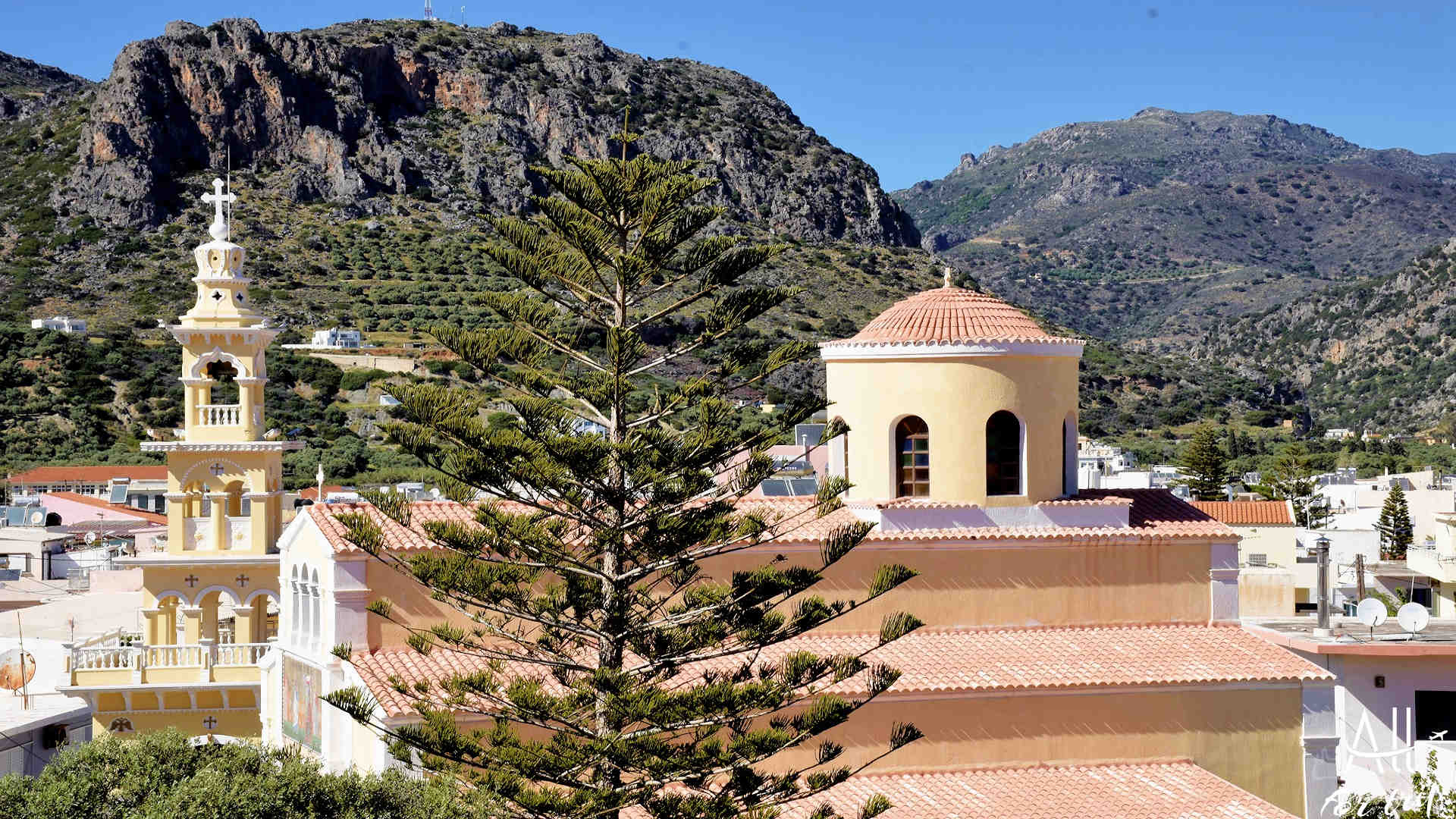
PALAIOCHORA
Palaiochora is located in the southern part of Western Crete, at the foot of the mountains, on a peninsula measuring 400 meters x 700 meters, on the shores of the Libyan Sea. It is protected from the east by the Lefka Ori, i.e. White Mountains, therefore it is protected from wind and the climate is very pleasant. It is the center of the Kantanos-Selino territorial unit: Chania 72 km, Kissamos 40 km.
The road to the city leads through the mountains: in some places the landscape seems wild, but I would rather say: through an adventurous landscape. The forests along the road offer wonderful surprises in some places: e.g. Hermit St. John’s Waterfall. At the foot of the mountains, the landscape changes: the city unfolds in front of us in a flat area.
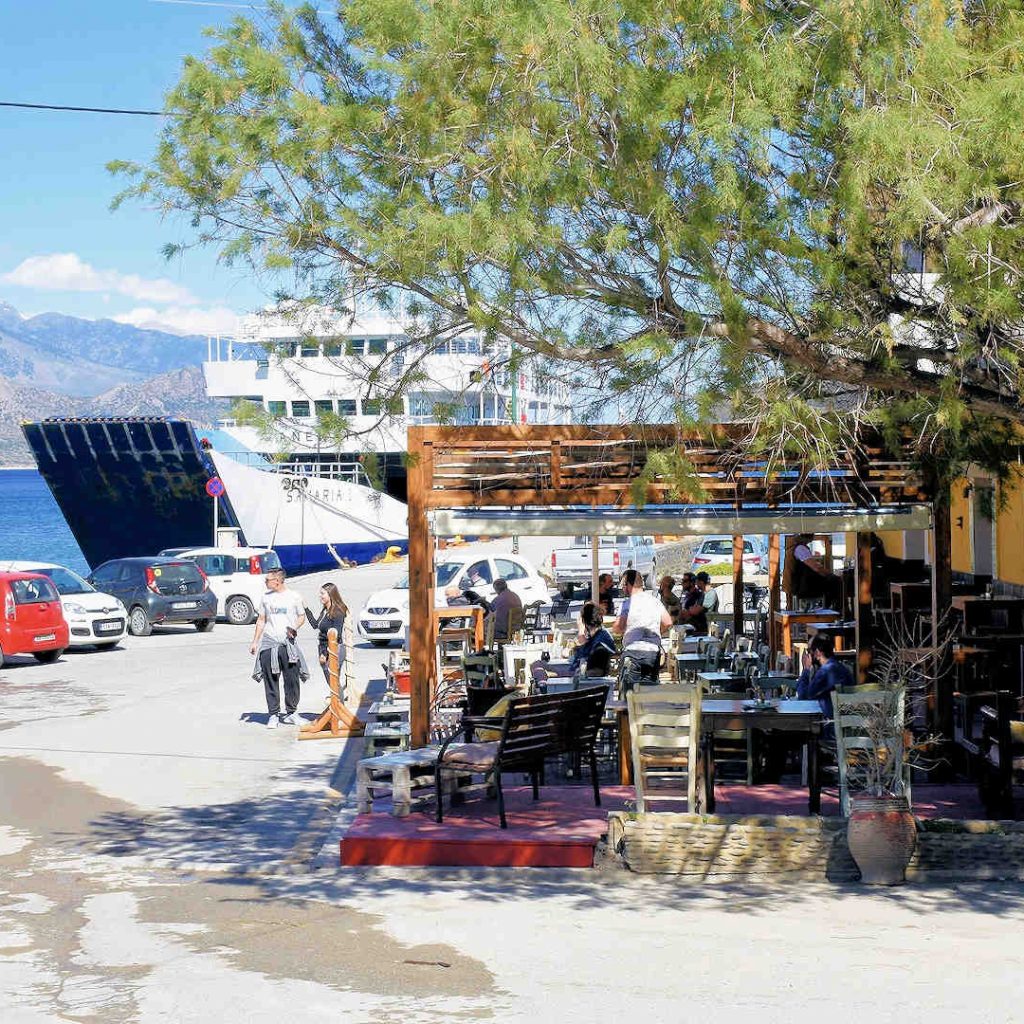
Let’s take a walk in the city. First, we admire the bay, which is also home to the small harbor.
GPS is very important! – because there are no street names in Western Crete.
GPS: 35.230194, 23.683296
The port is particularly important in this place, because Western Crete is bisected by the Lefka Ori (White Mountains).
If people want to visit the eastern part of Western Crete, e.g. Hora Sfakion, people have two options:
– drive 137 kilometers, because people have to avoid the mountains
– the ferry departing from the port, carrying both vehicles and people
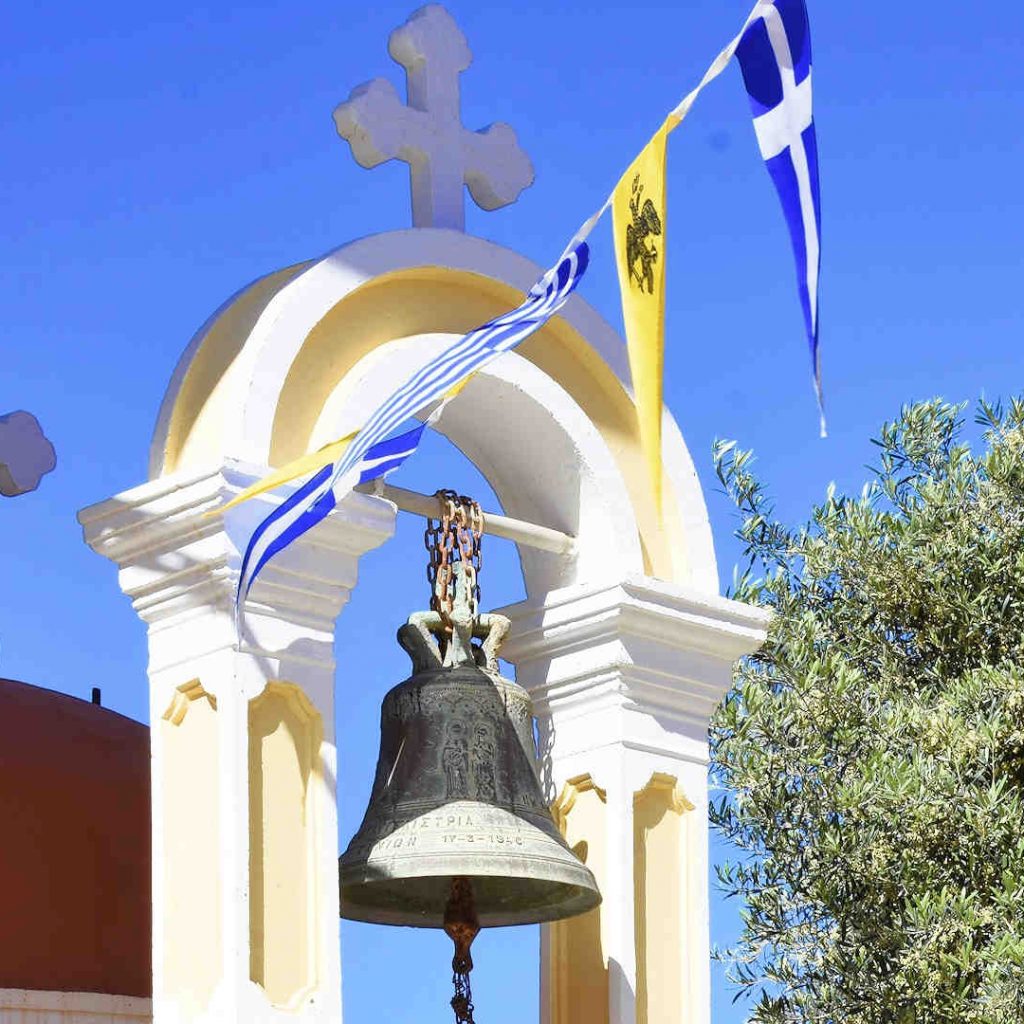
We can park around the port. The bay surrounded by mountains is very cozy. There are many restaurants on both sides of the small harbor. Some of the restaurants are businesses owned by families: where served delicious dishes, made from fresh Cretan ingredients. It is especially worth tasting the dishes made from fresh fish.
The street opposite the harbor leads to the city’s fabulous beach, where the seawater is crystal clear, which has received the highest recognition: the Blue Flag. The Blue Flag is a certificate of the Foundation for Environmental Education (FEE), according to which the purity and quality of the water and the beach meet the highest standards.
If we turn left on the main street, we can admire the church and the church square of the city. From here, the road leads to the ruins of the historic fortress.
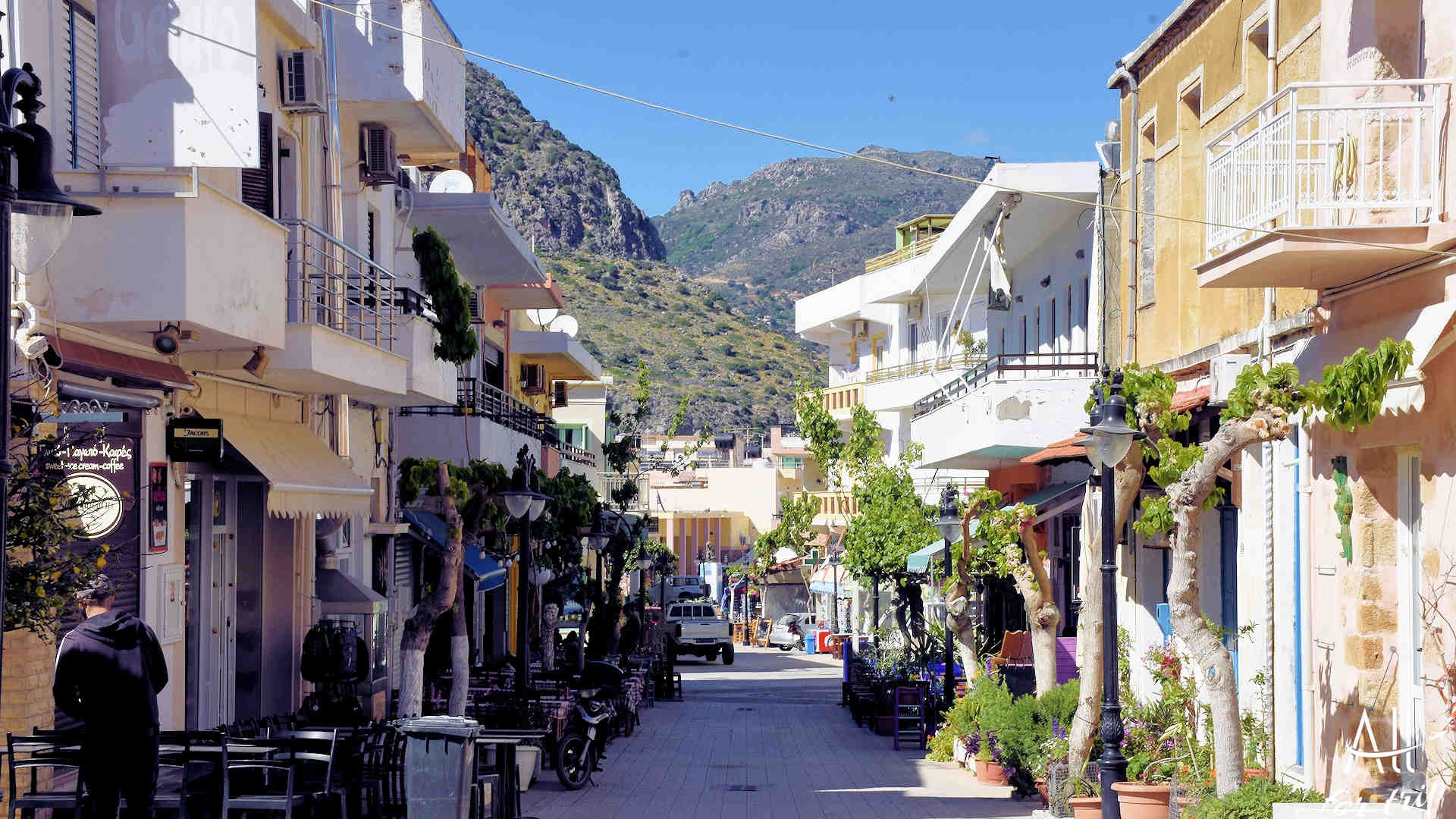
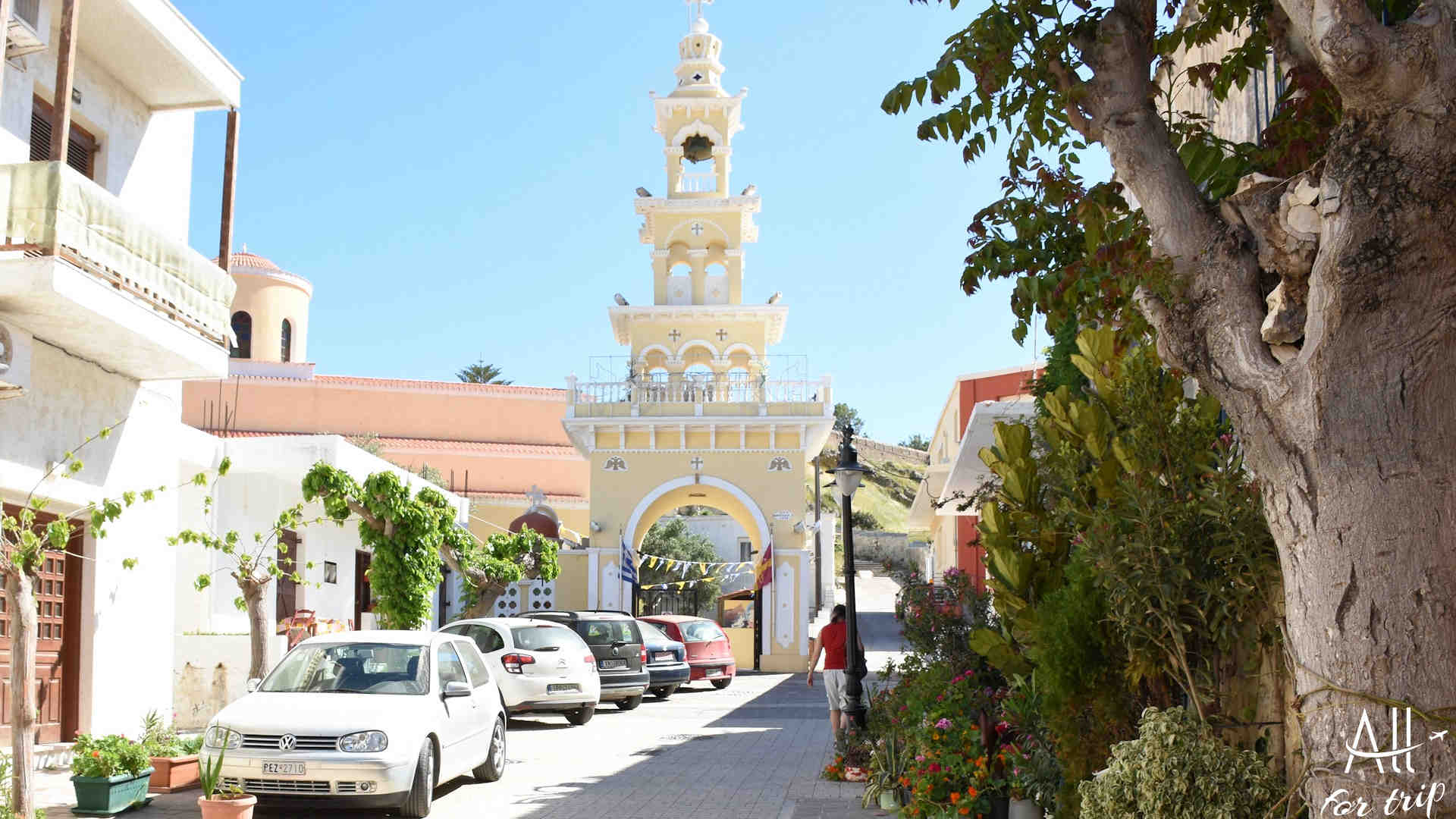
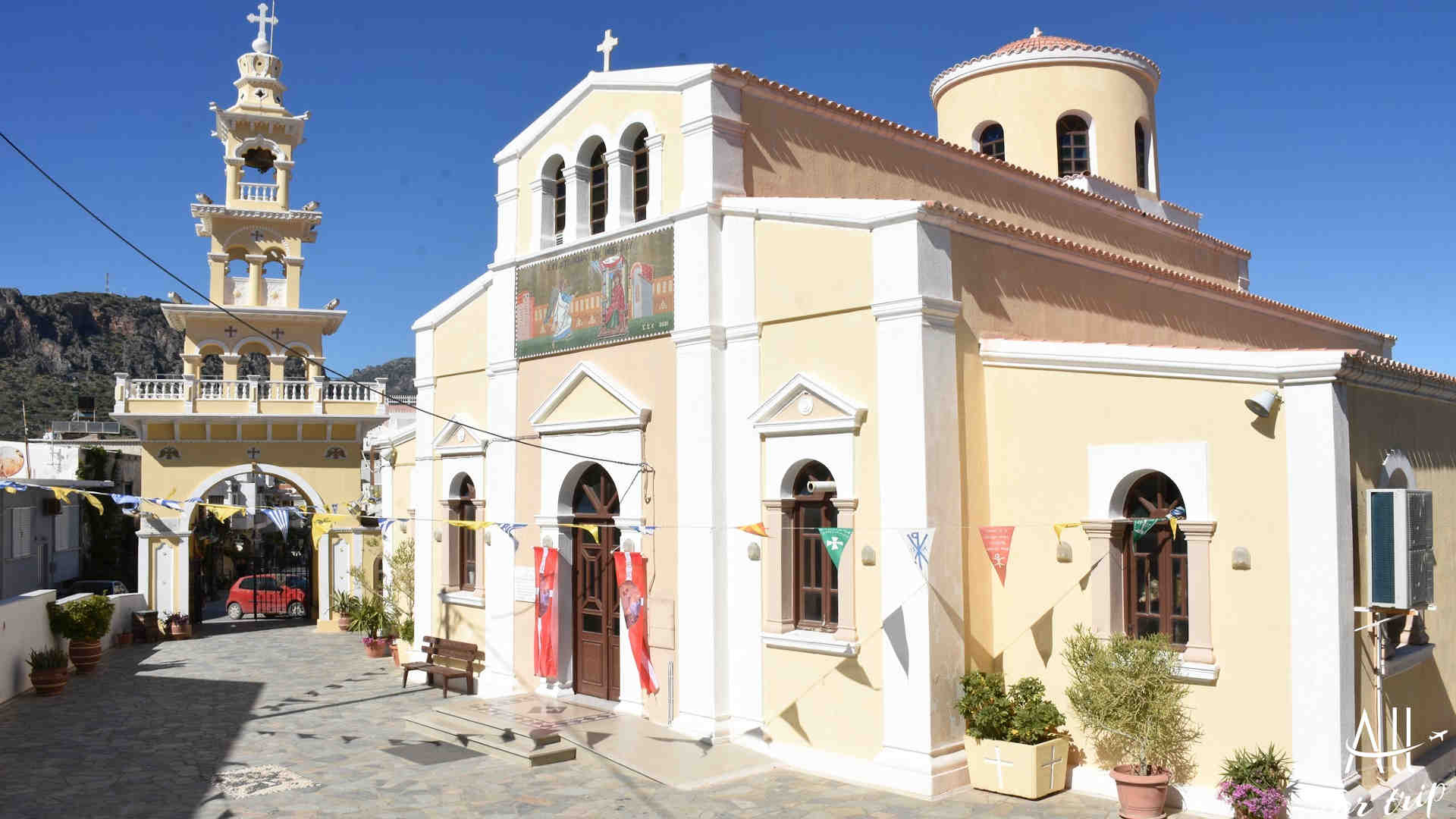
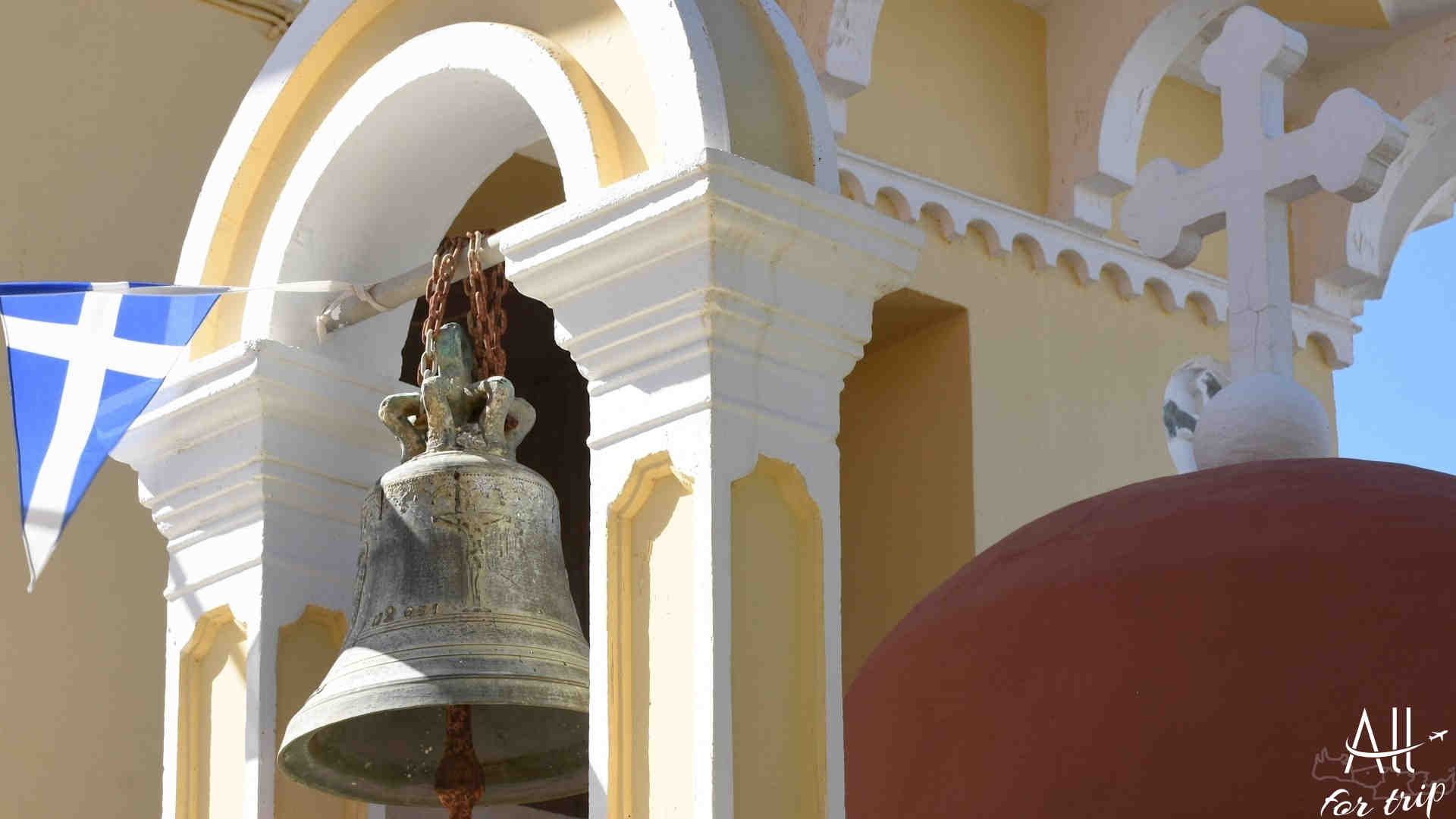
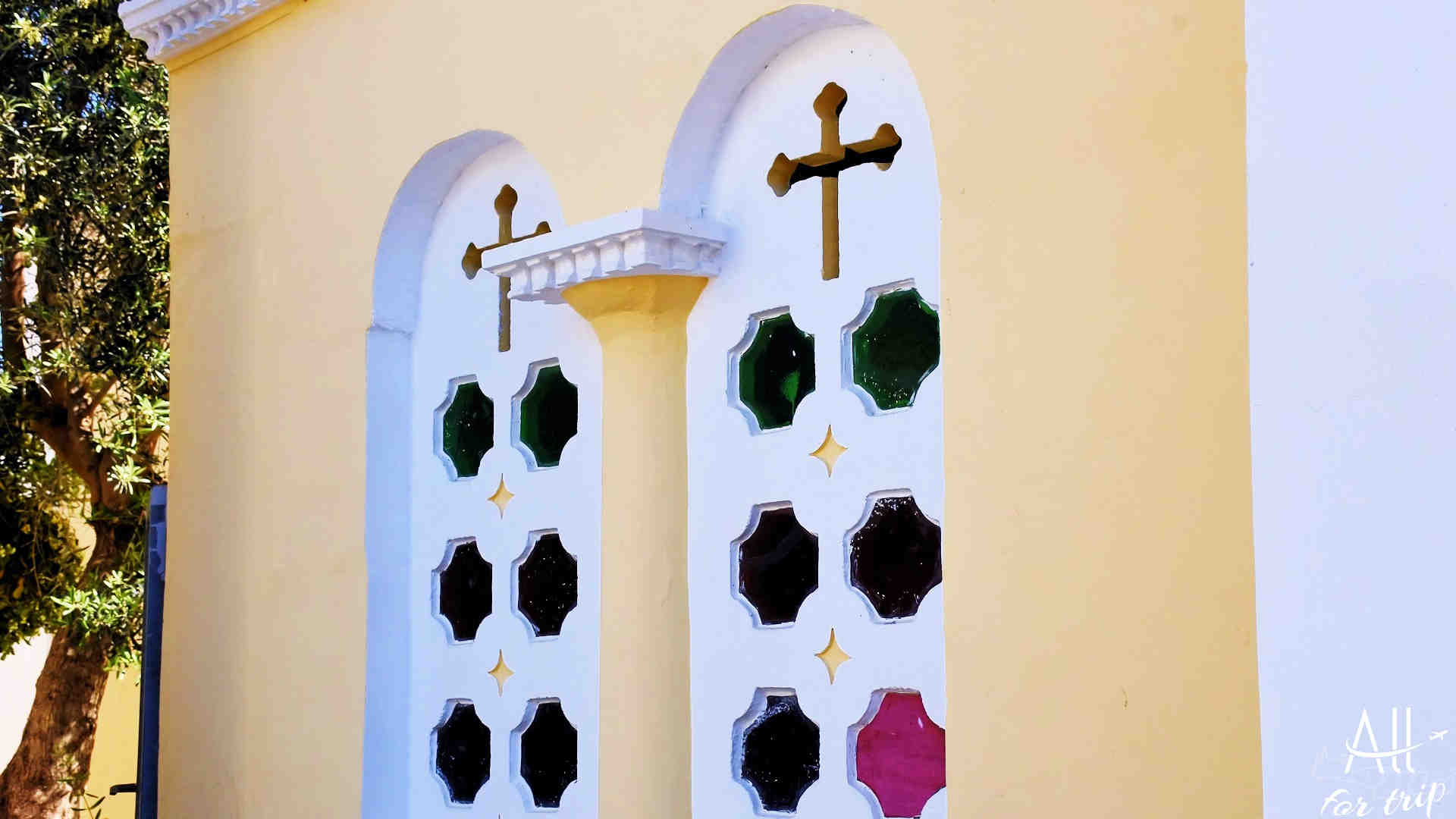
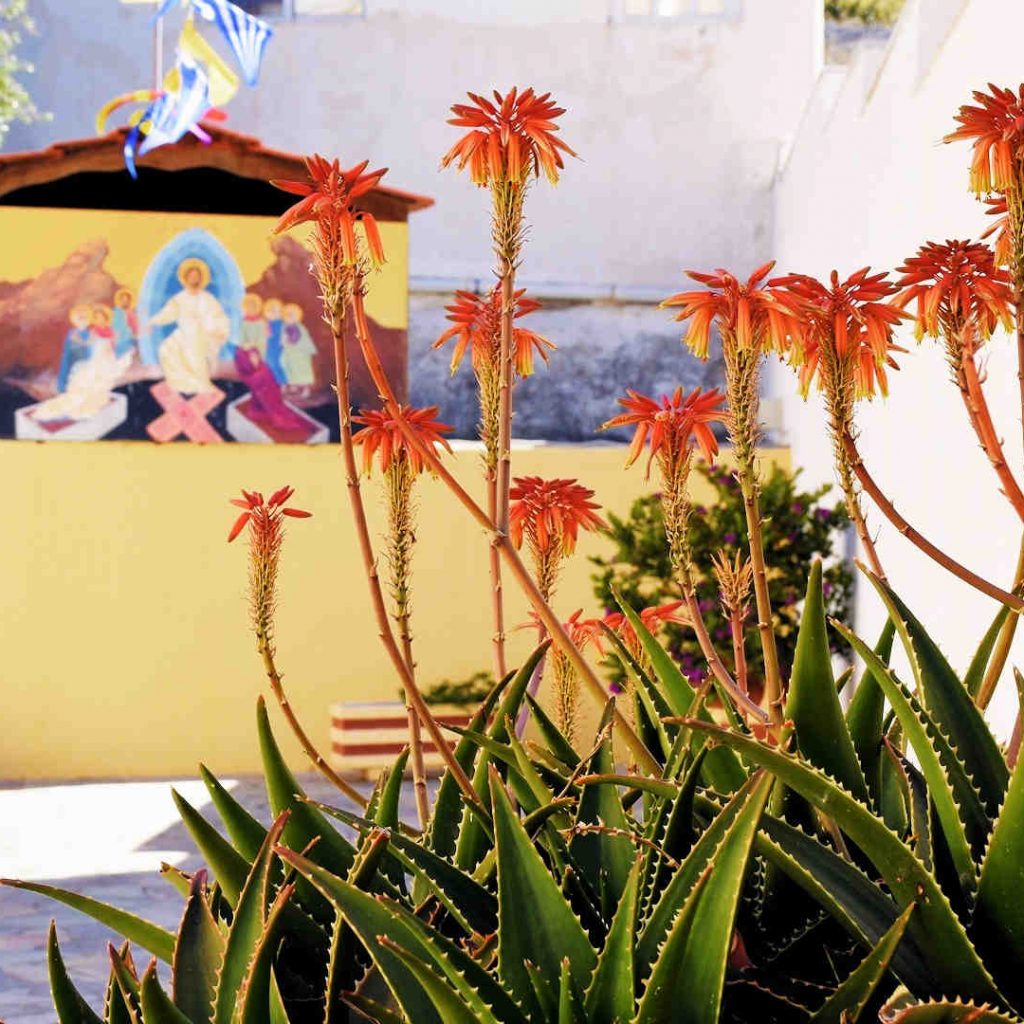
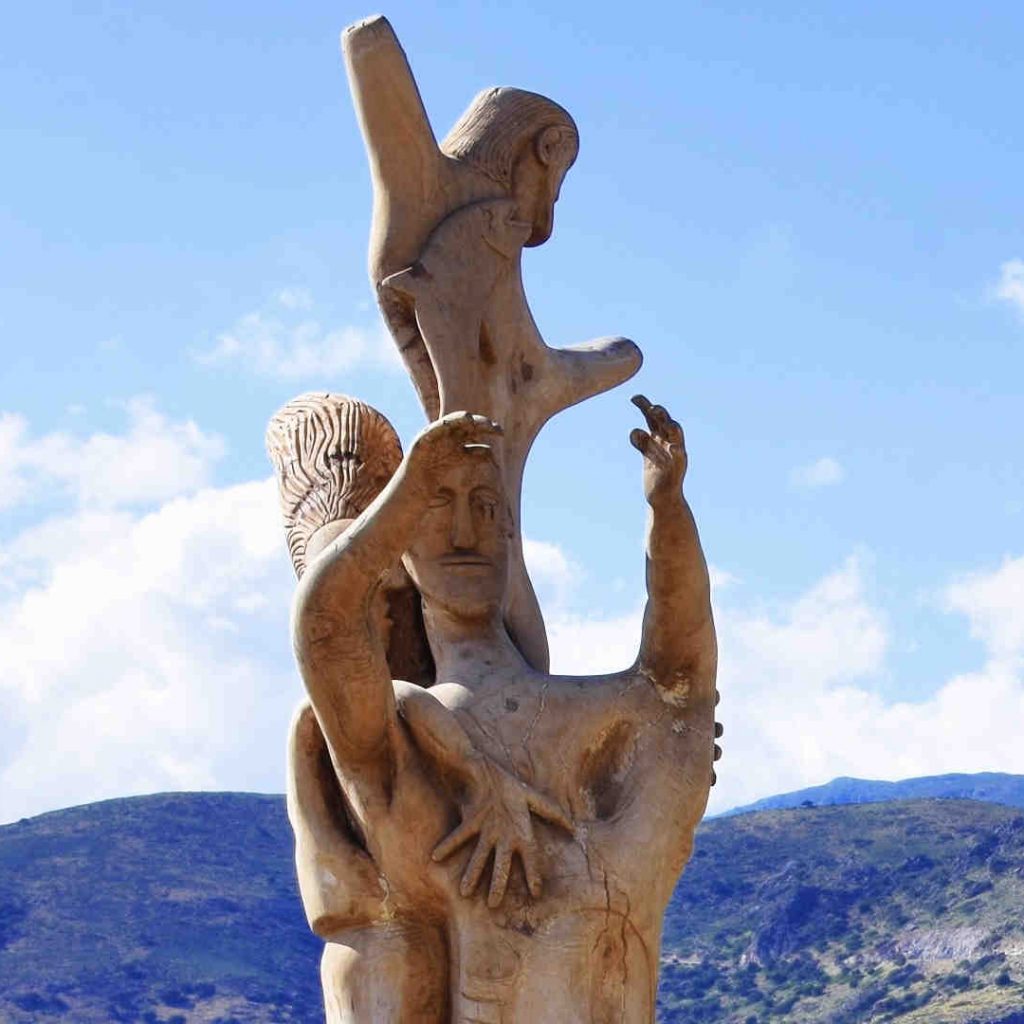
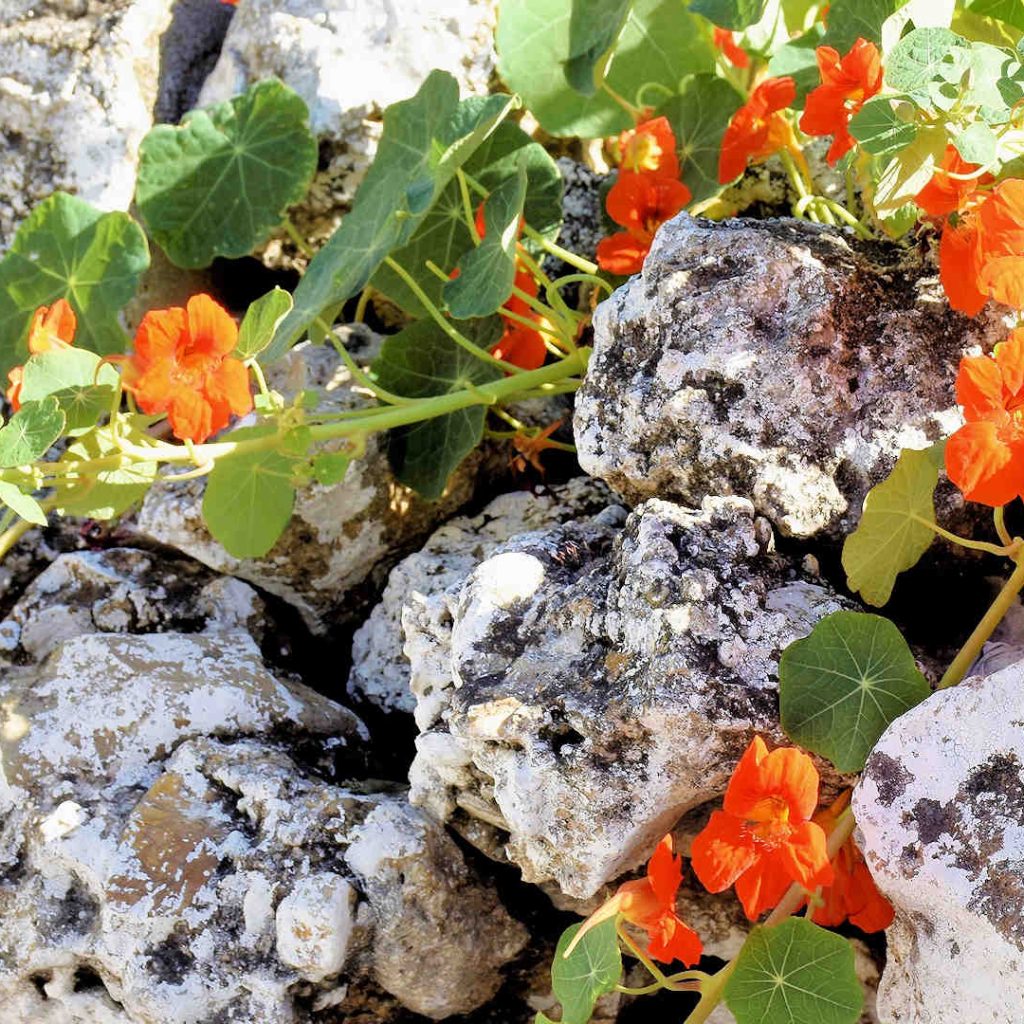
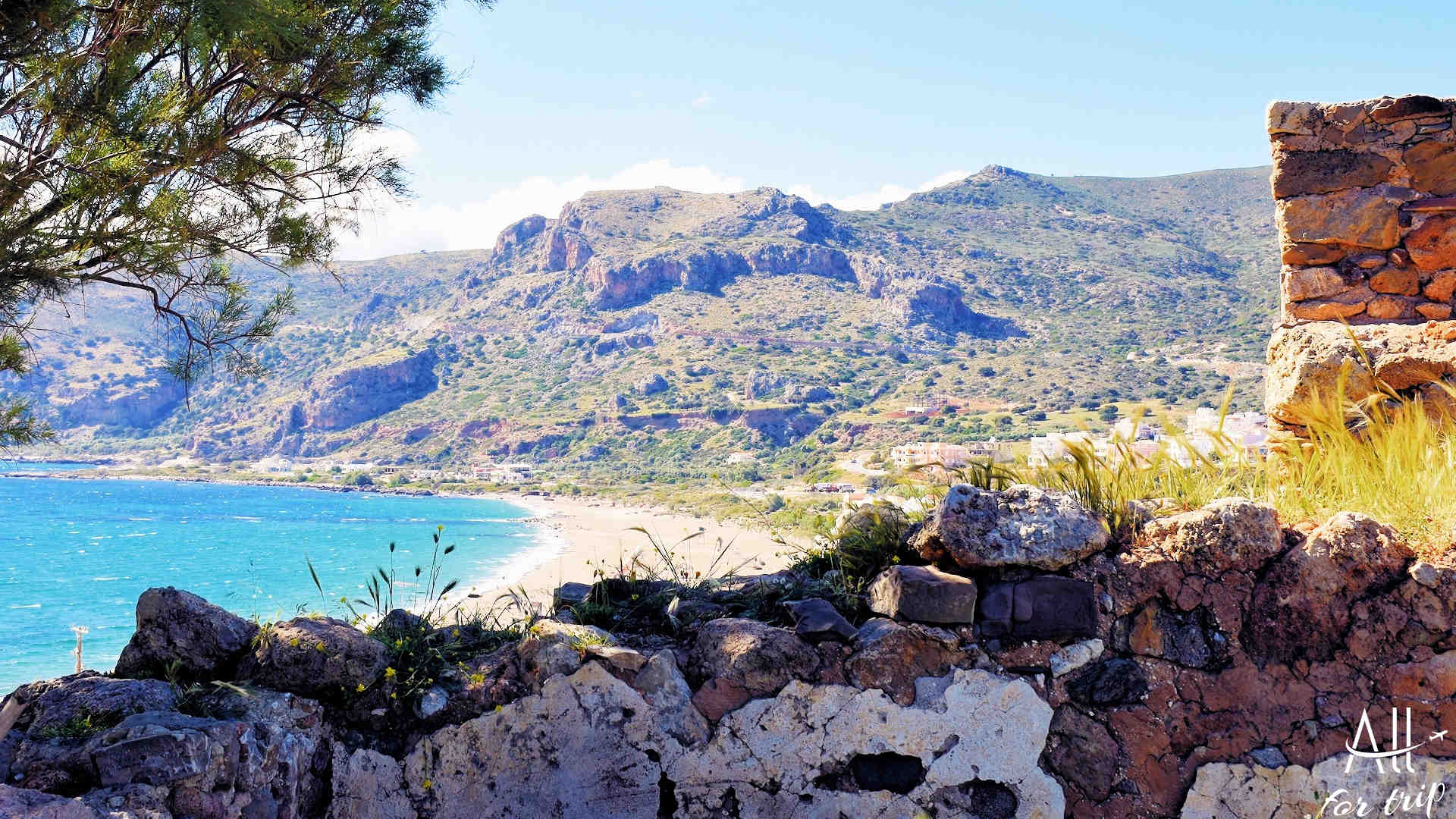
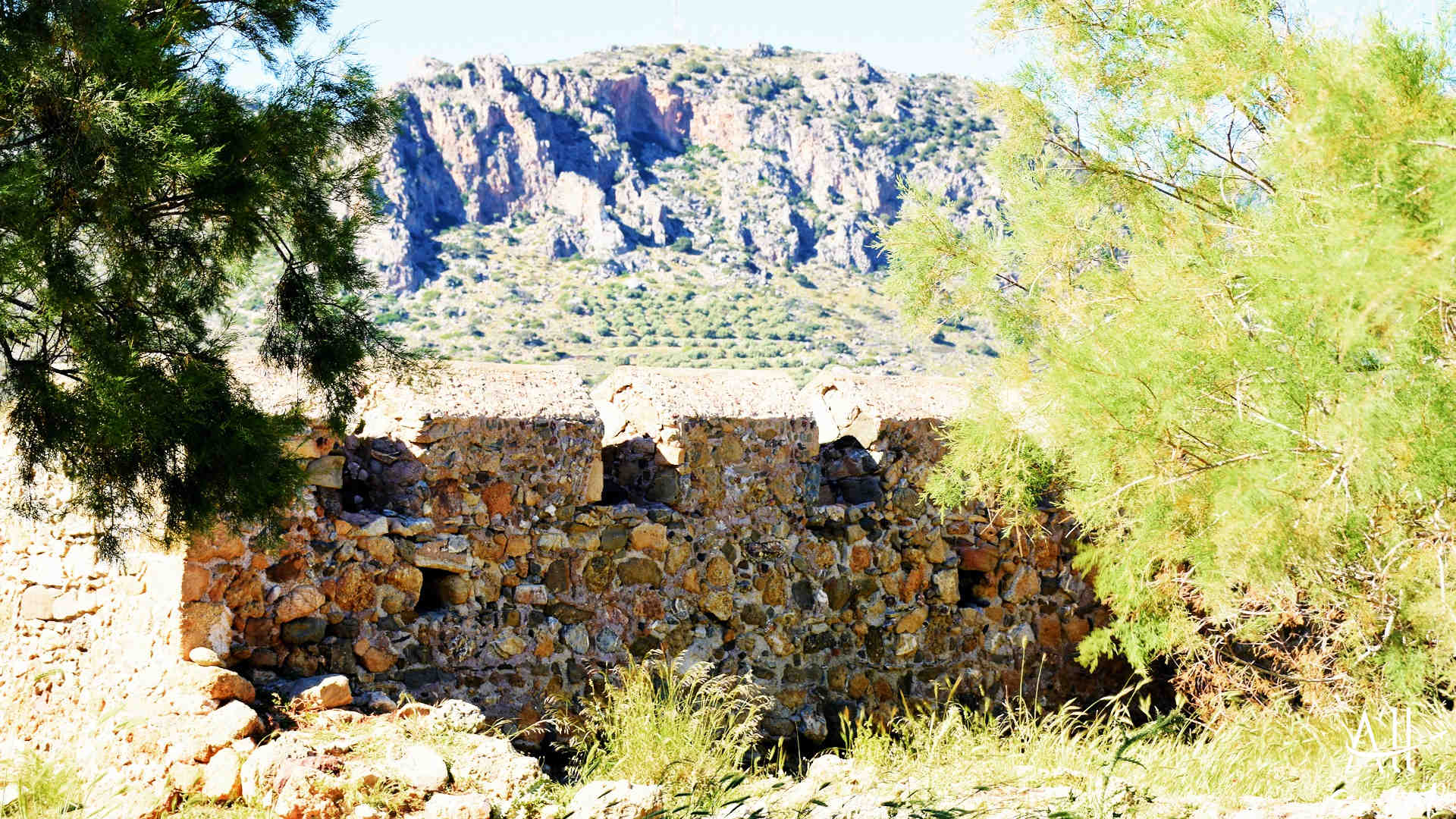
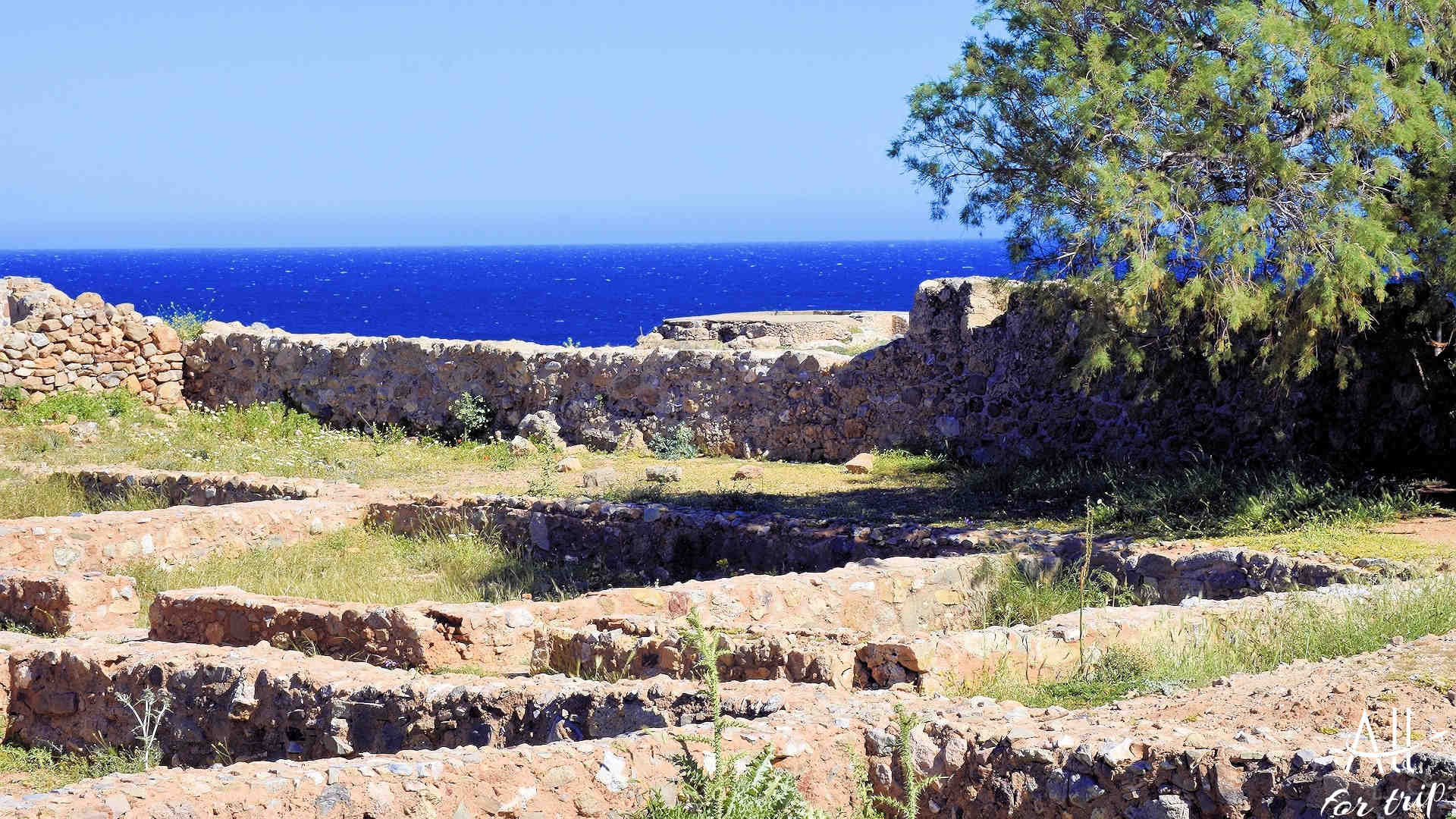
A little history:
Palaiochora is built on the ruins of the ancient city of Kalamydi.
1278 – Venetian general Marino Gradenigo builds a fortress in Palaiochora called “Selino Kastelli”.
1332 – the fortress was destroyed
1334 – the fort was rebuilt, and next to it the Venetians founded a new settlement: Vourgos – for workers and traders
1539 – General Hayreddin Barbarossa destroys the fortress
1595 – Dolf rebuilds the fortress
1645 – The Turks conquer the city. The fort was rebuilt in accordance with Turkish goals
1834 – Robert Pashley, completely destroys the fort:
– the area is depopulated
– only one granary and a few buildings remain
1866 – Reconstruction of Palaiochora begins
1866 – December, Cretan uprising against the Ottoman Turks
– approx. 340 people were evacuated by the British ship HMS Assurance, from Selino Castelli – in this period it was the name of the city
– They were taken to a safe place in Piraeus
– this caused international complications
– the Ottoman authorities accused the British of standing up for the Cretan rebels
– the Russian armed ships also helped transport refugees to safety place
Palaiochora today
– the economy of the Palaiochora is based on tourism and agriculture
– they produce fresh vegetables all year round, mainly tomatoes – in huge greenhouses, during the winter
– The production and sale of olive oil is an important source of income
– the magnificent sea, with white sand in places: it has been attracting people, who want to relax since the early 1970s
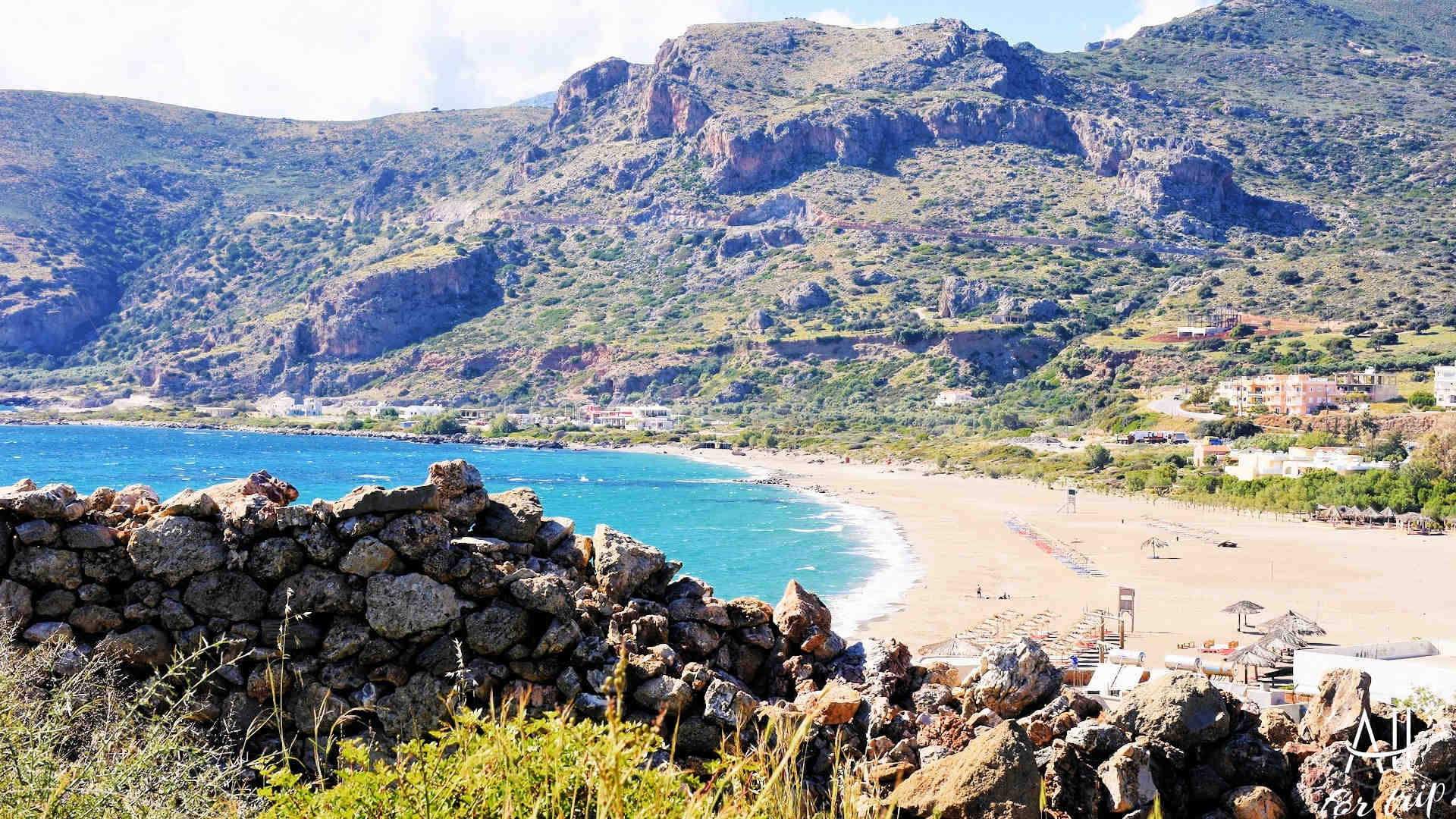
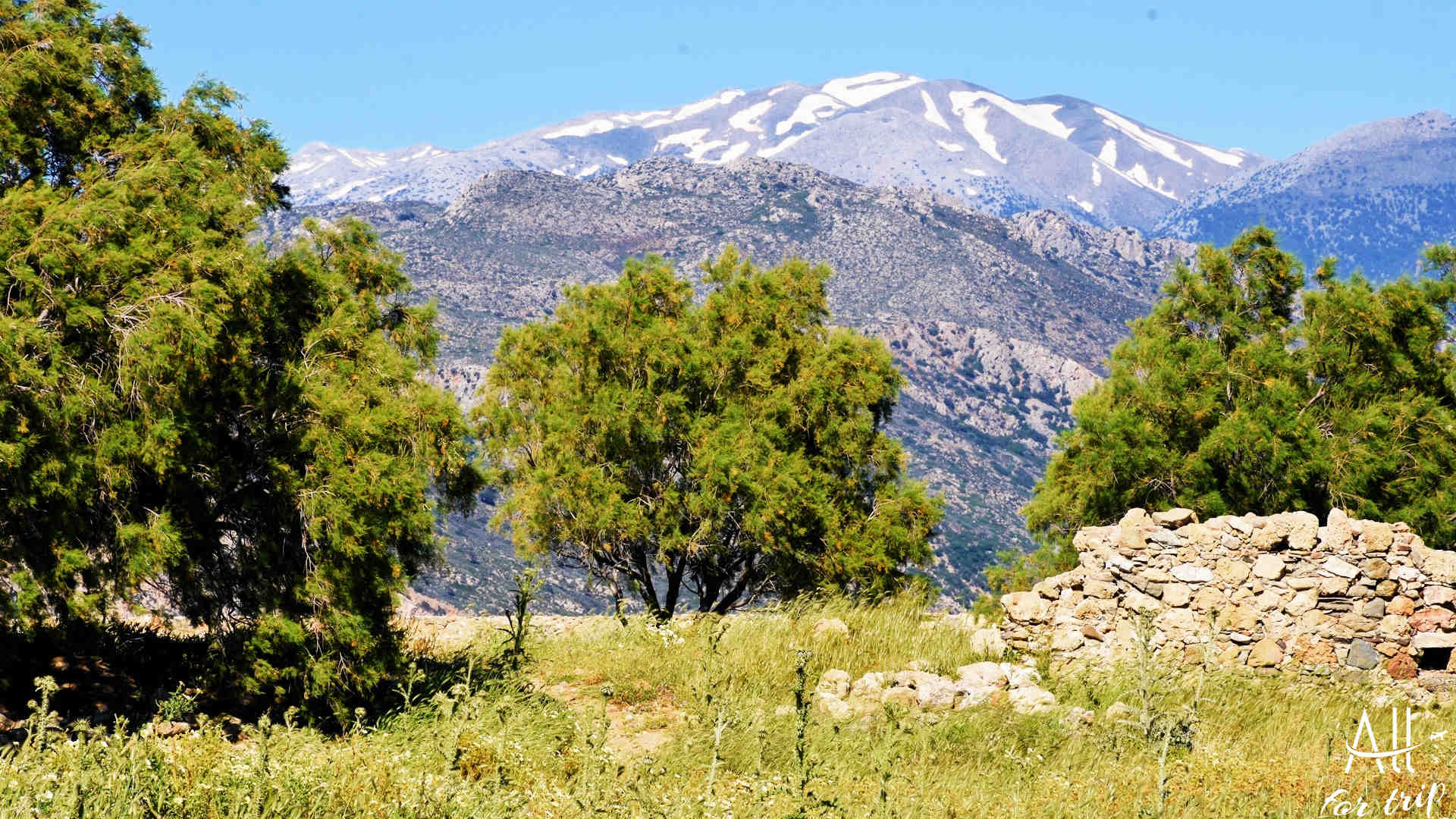
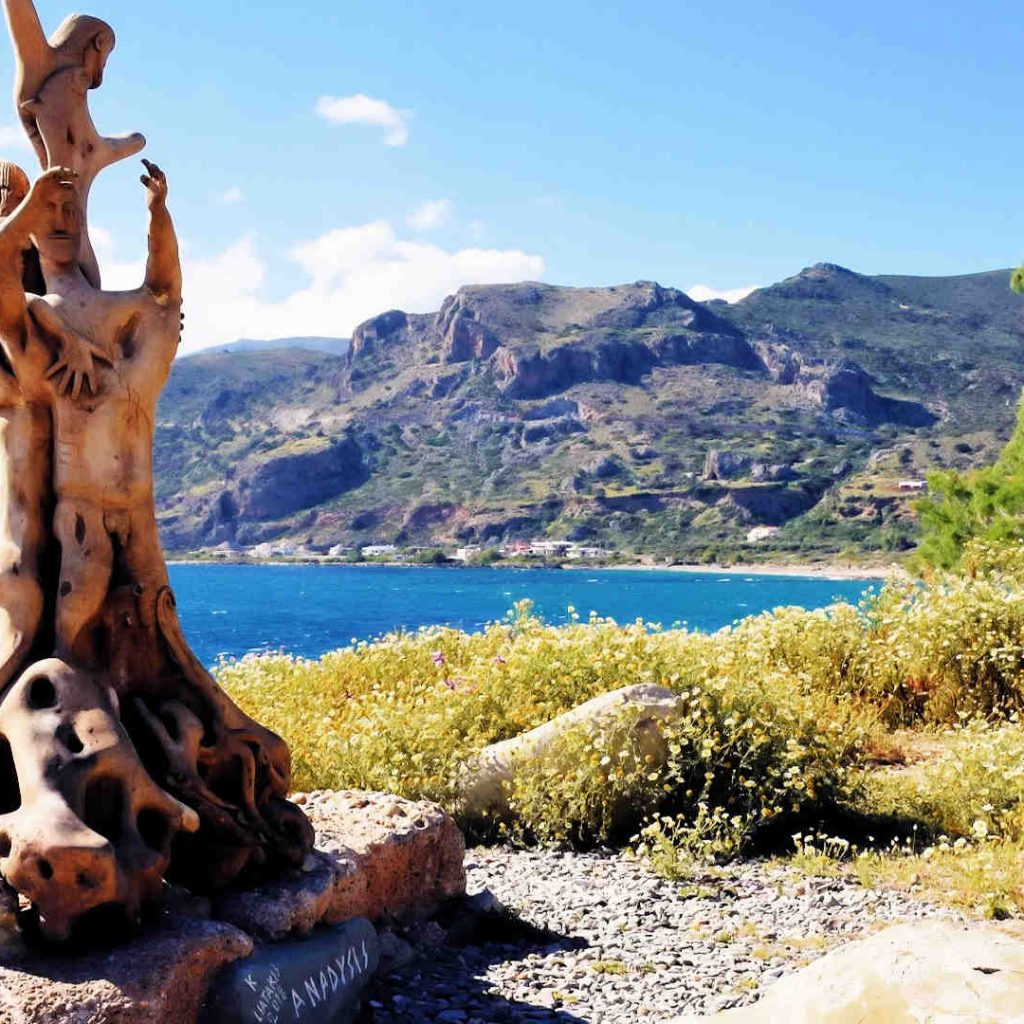
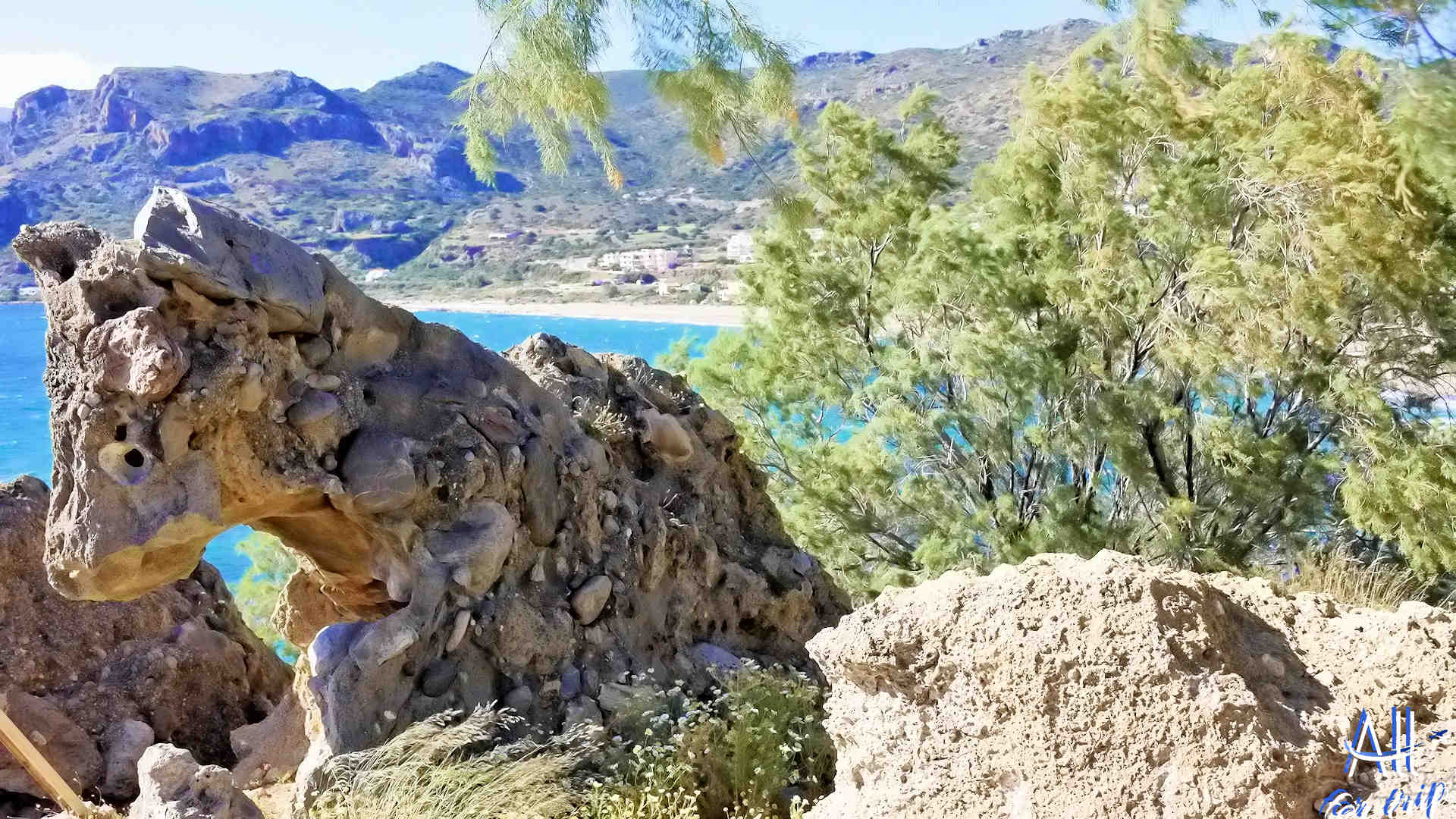
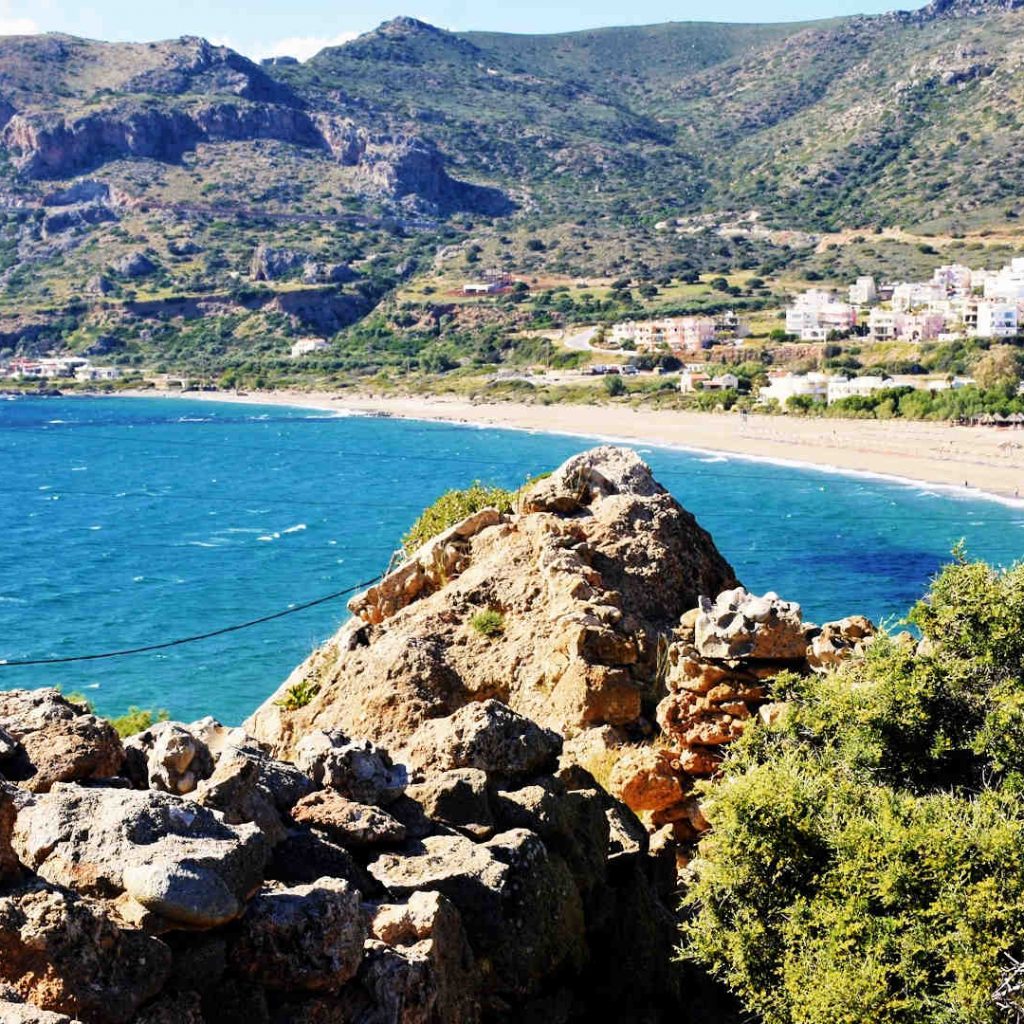
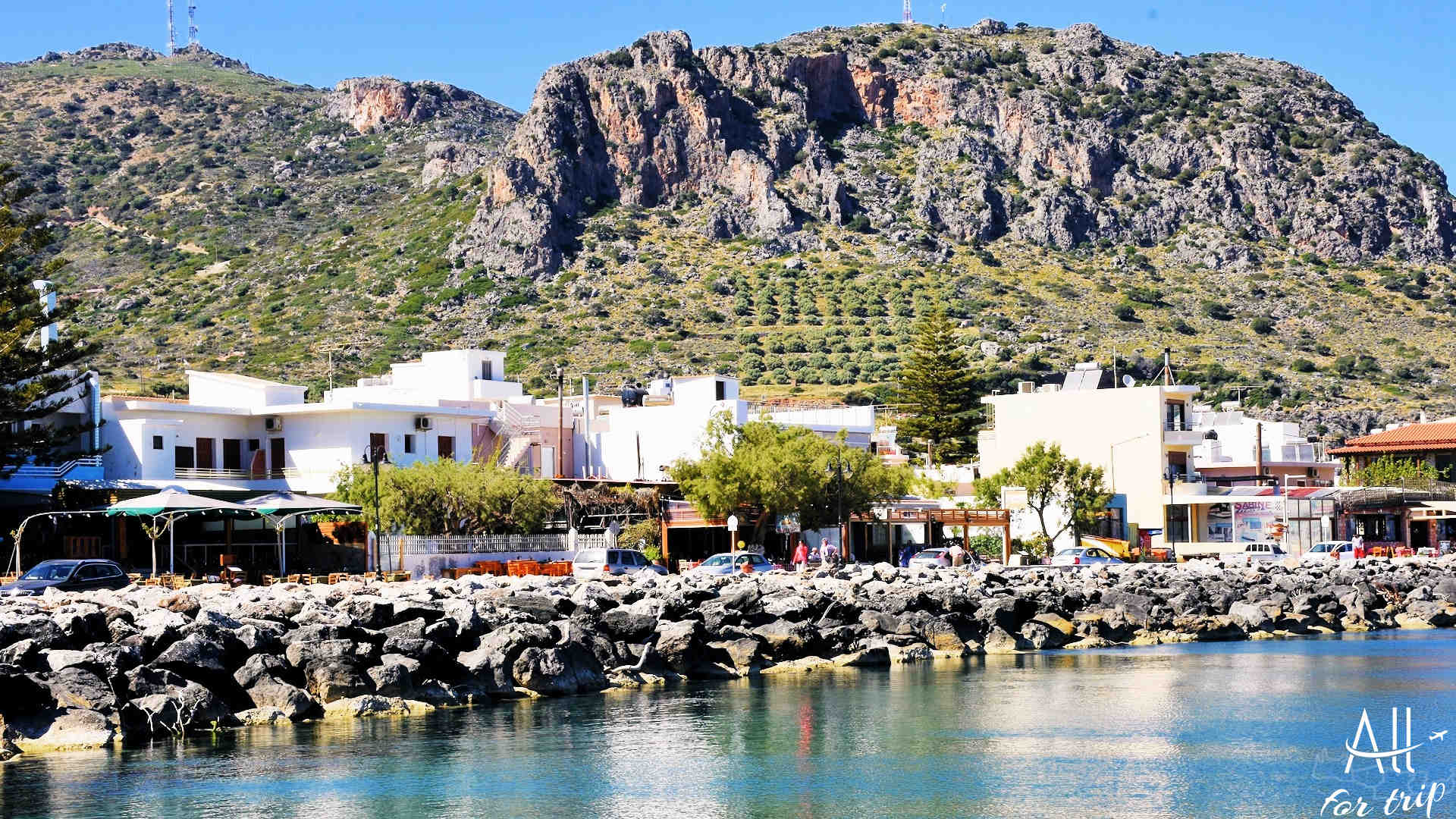
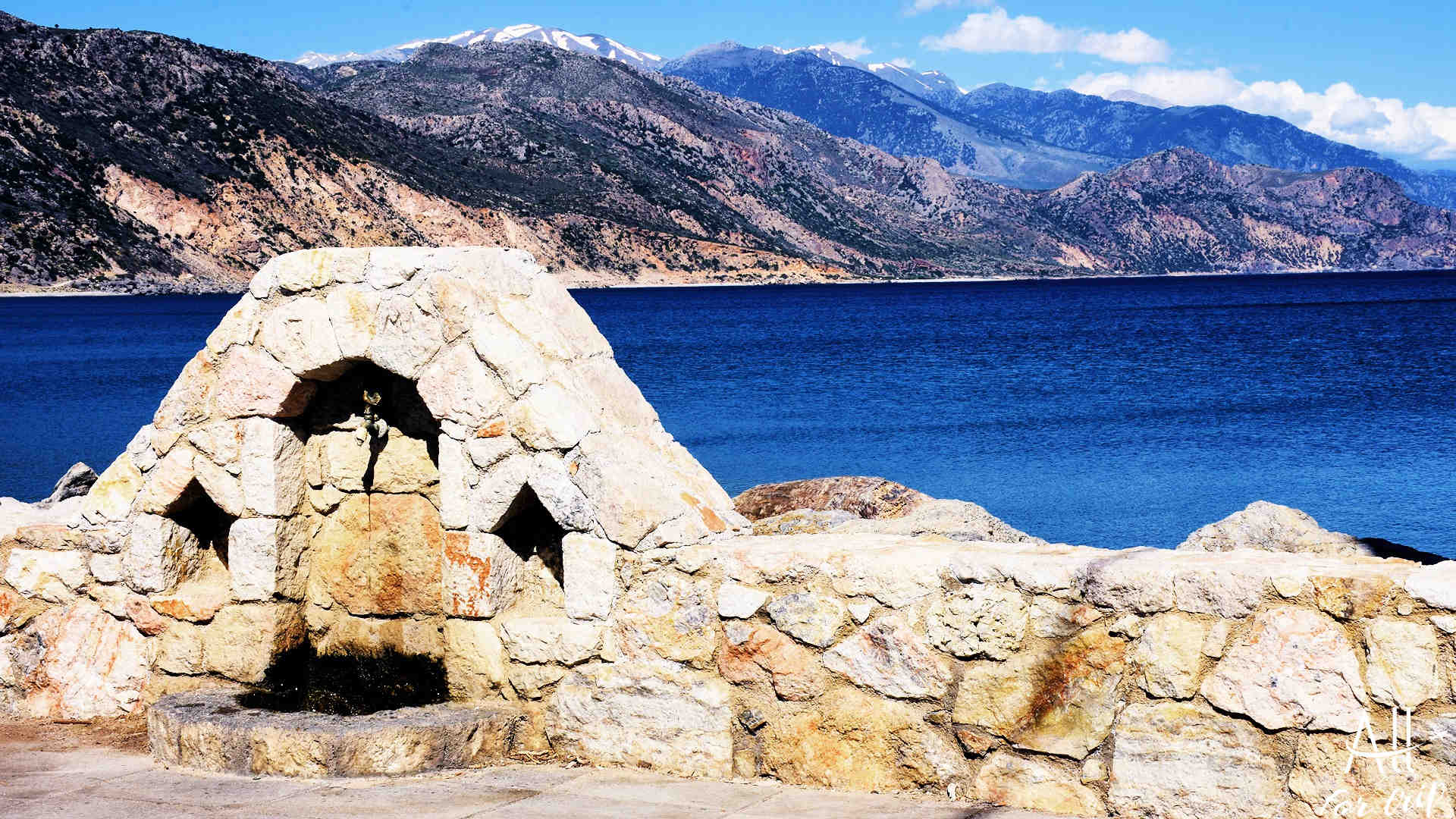
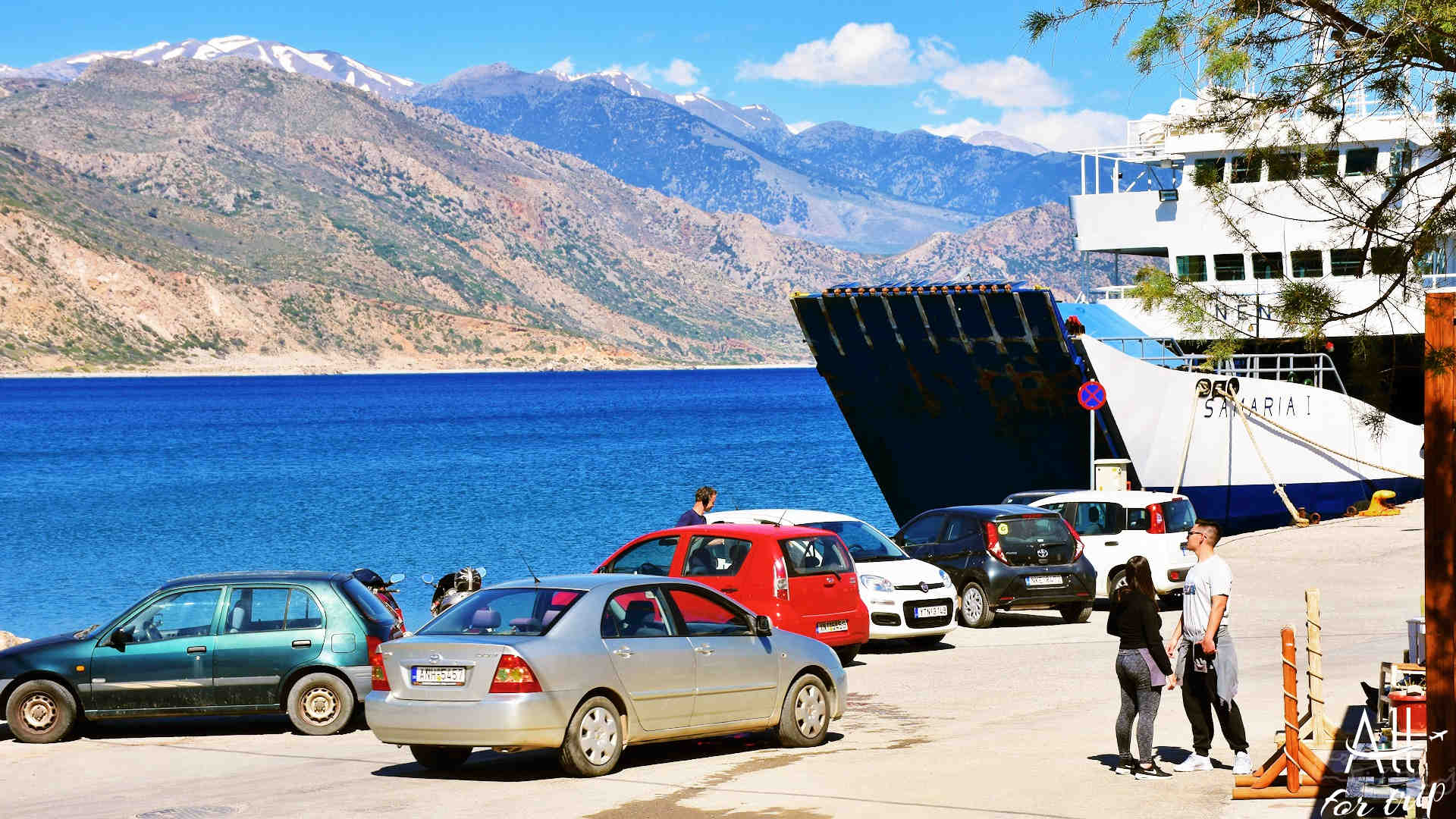
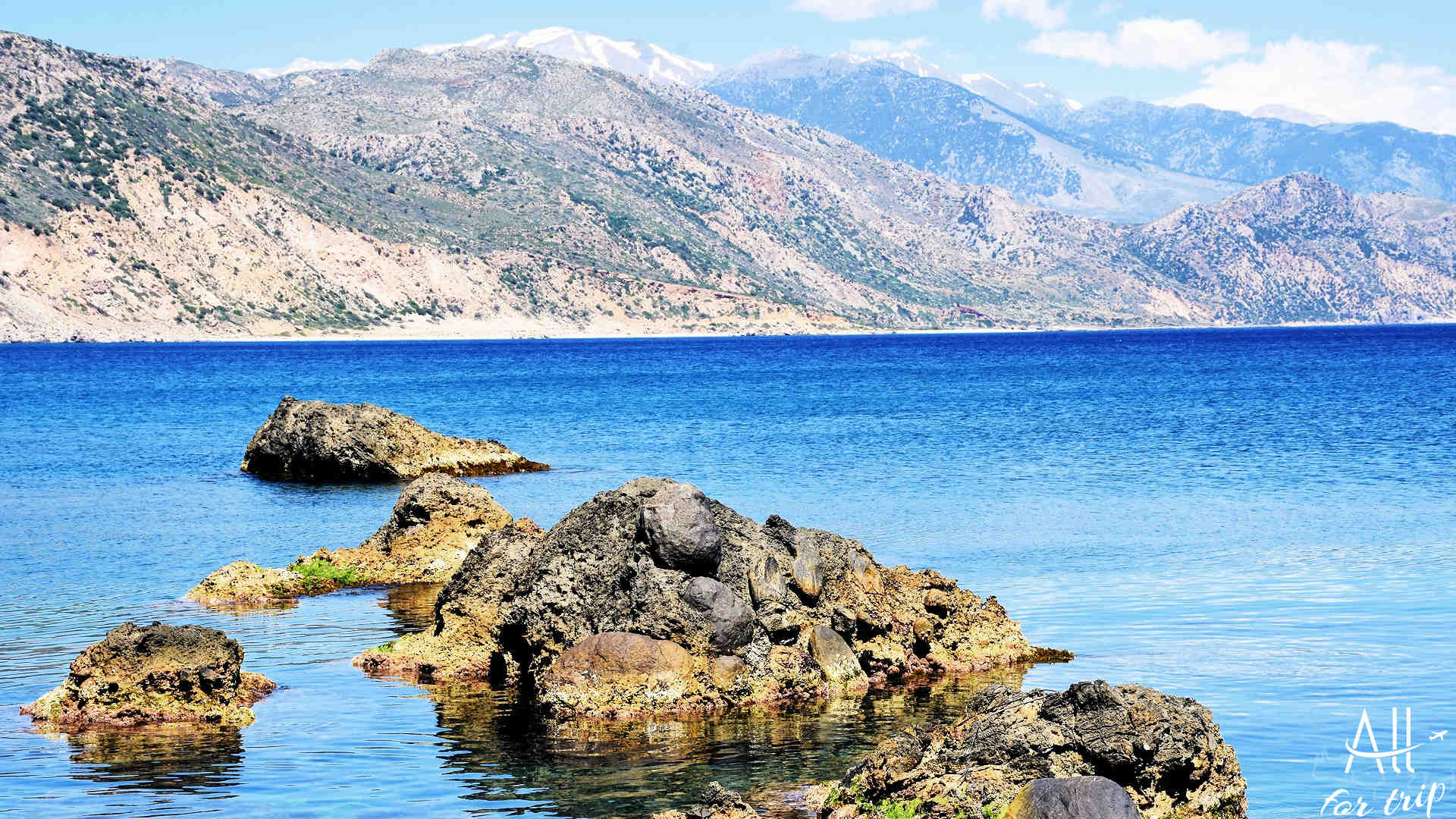
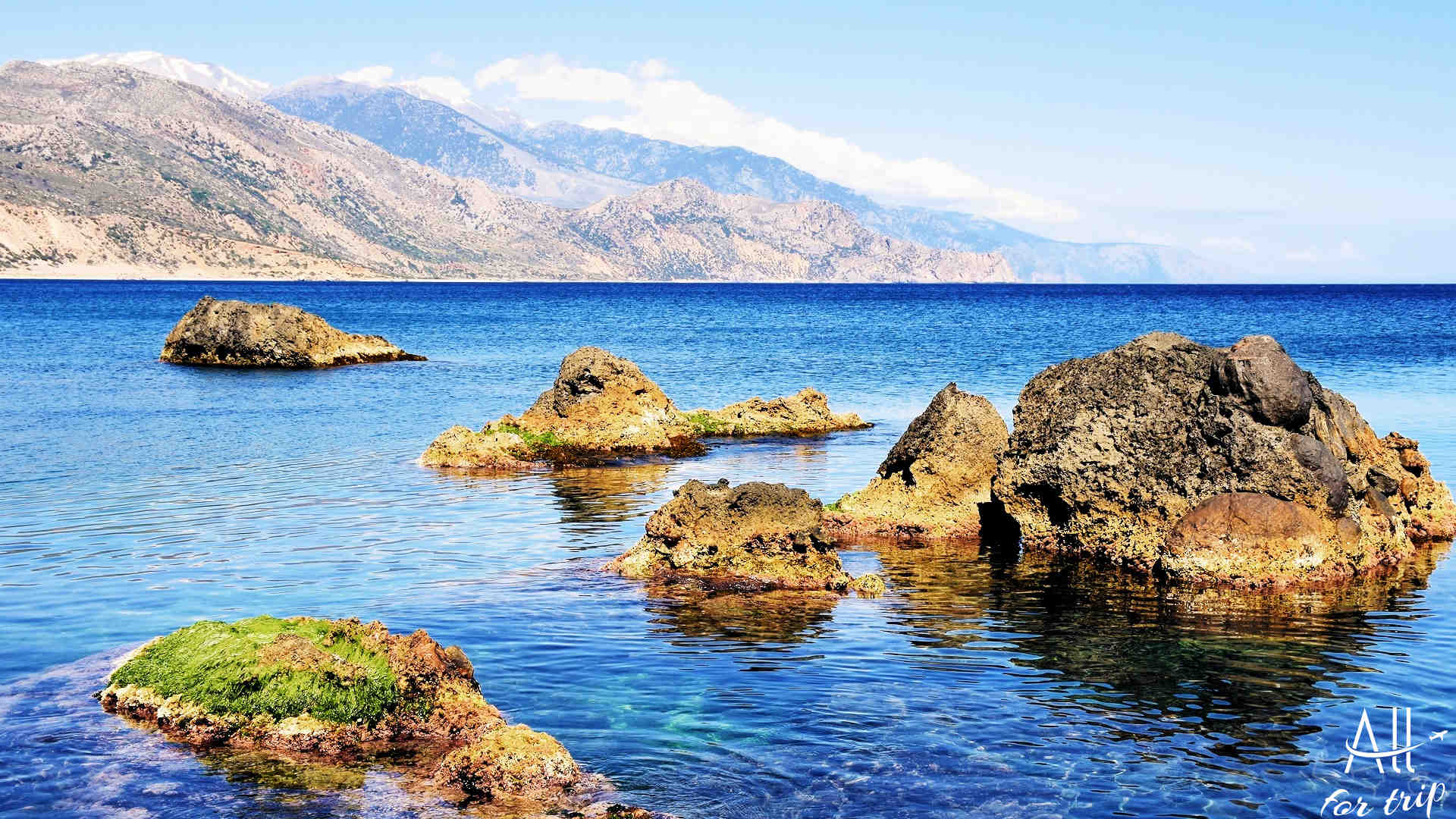
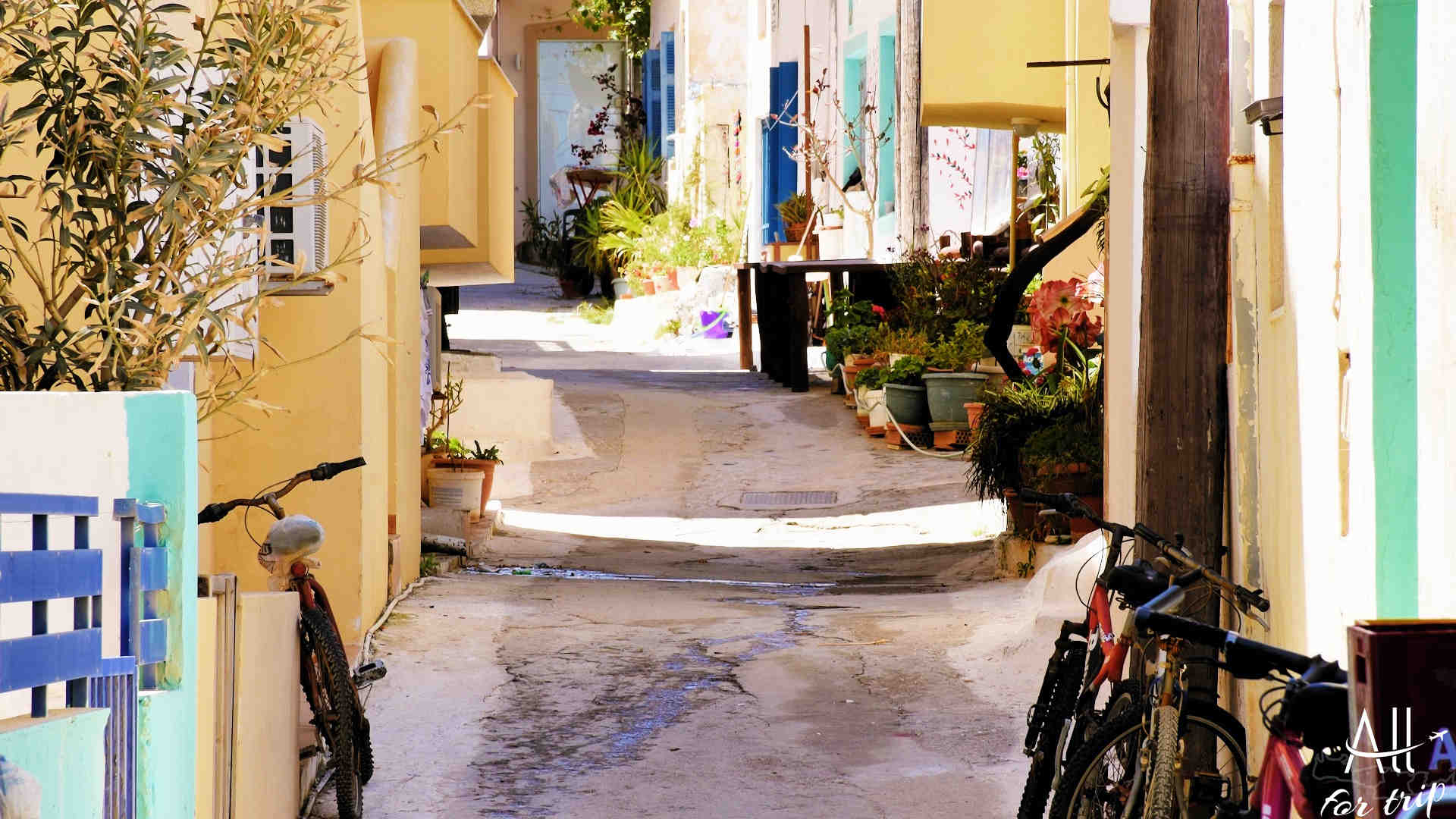
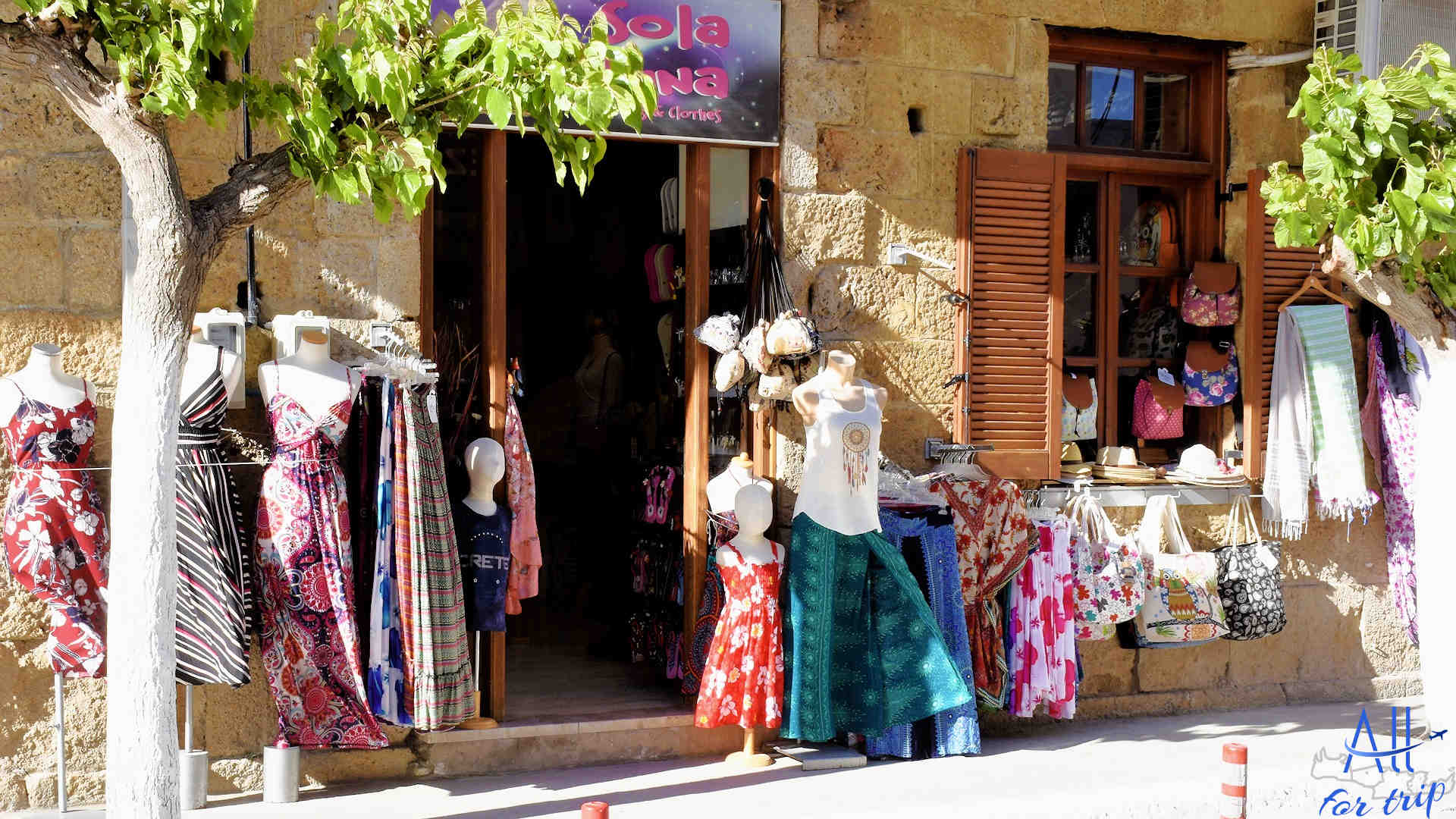

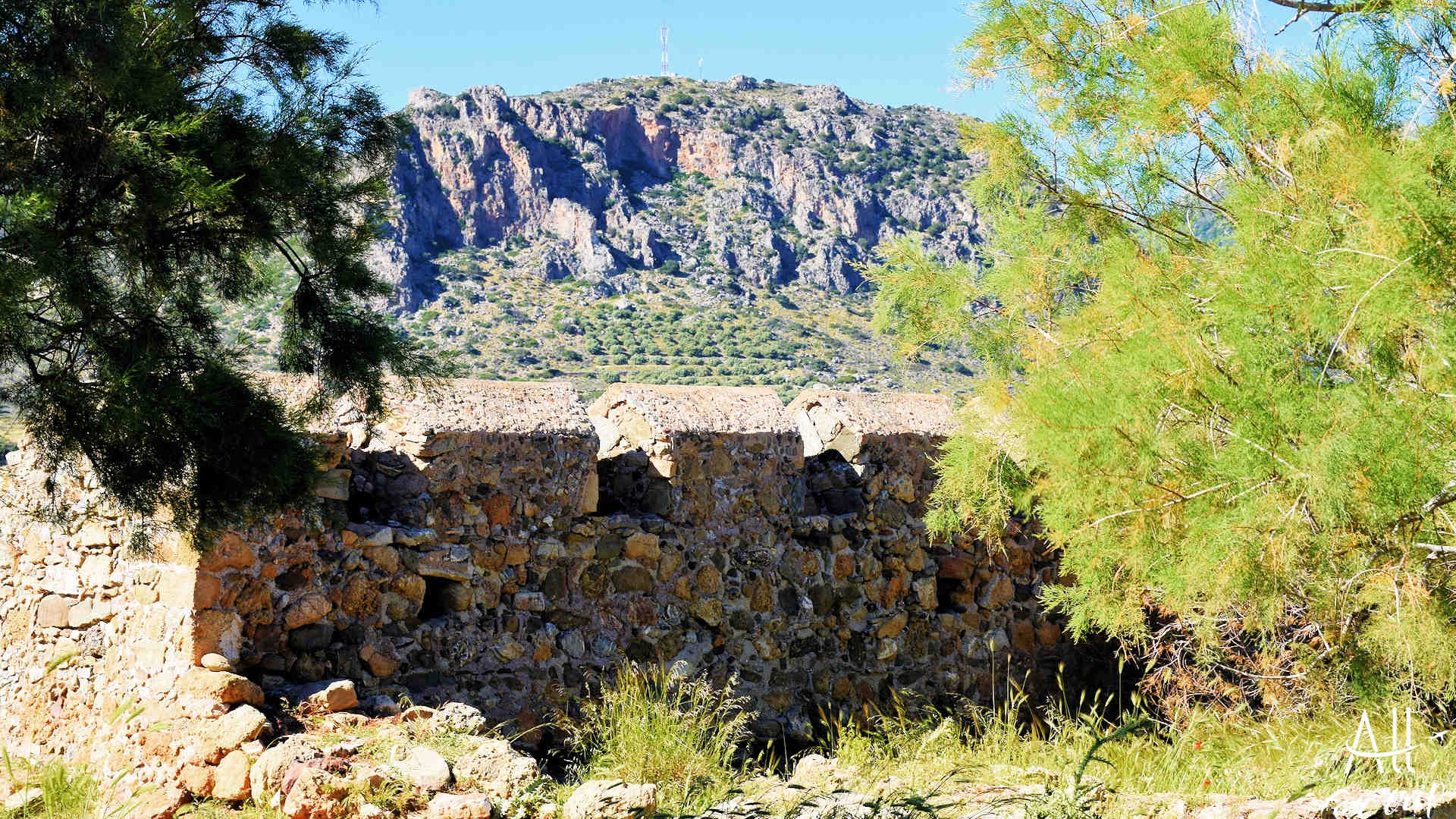
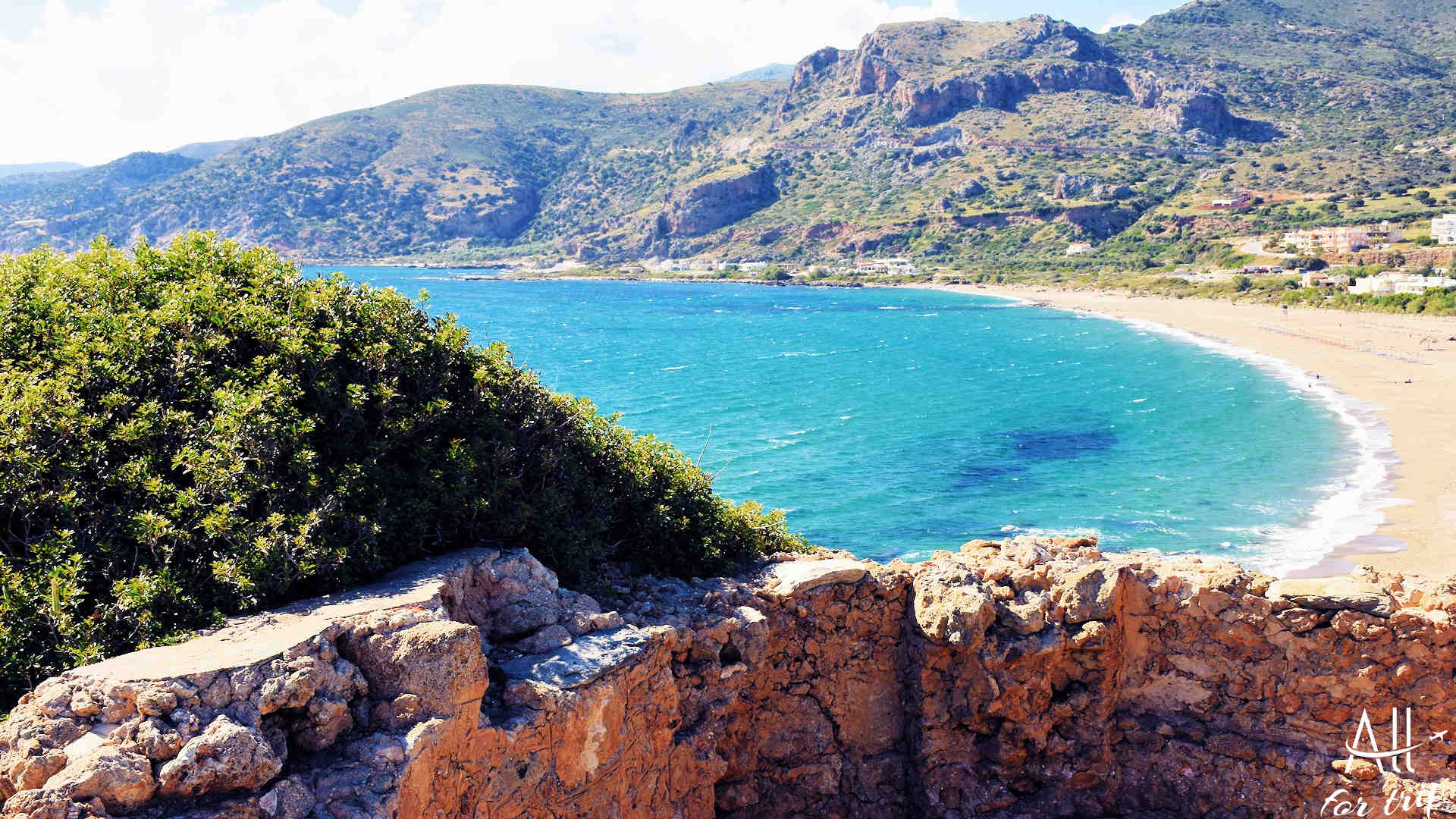
BEACH NEXT TO THE PORT, WHICH IS AT THE BASE OF THE RESTAURANTS
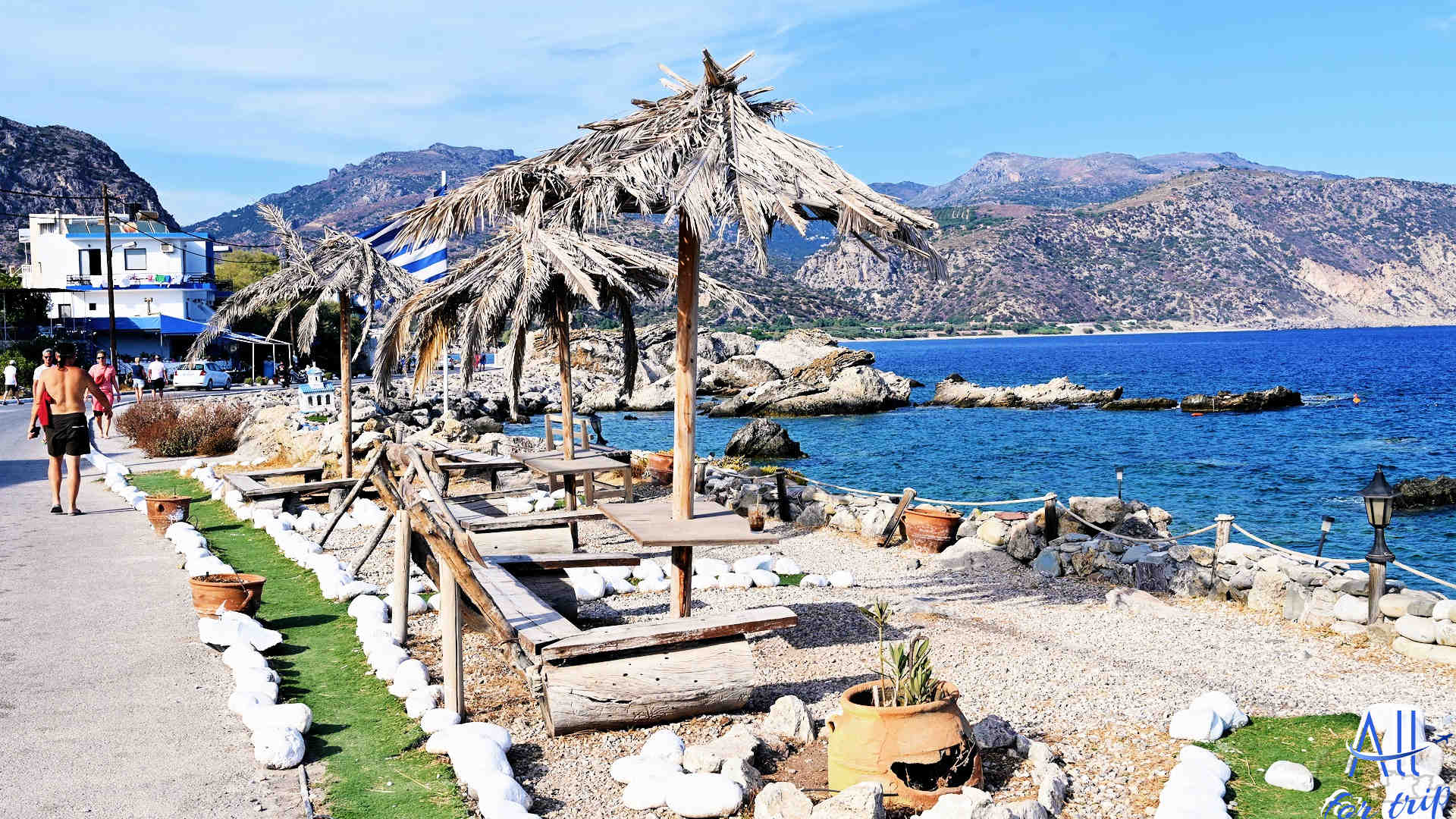
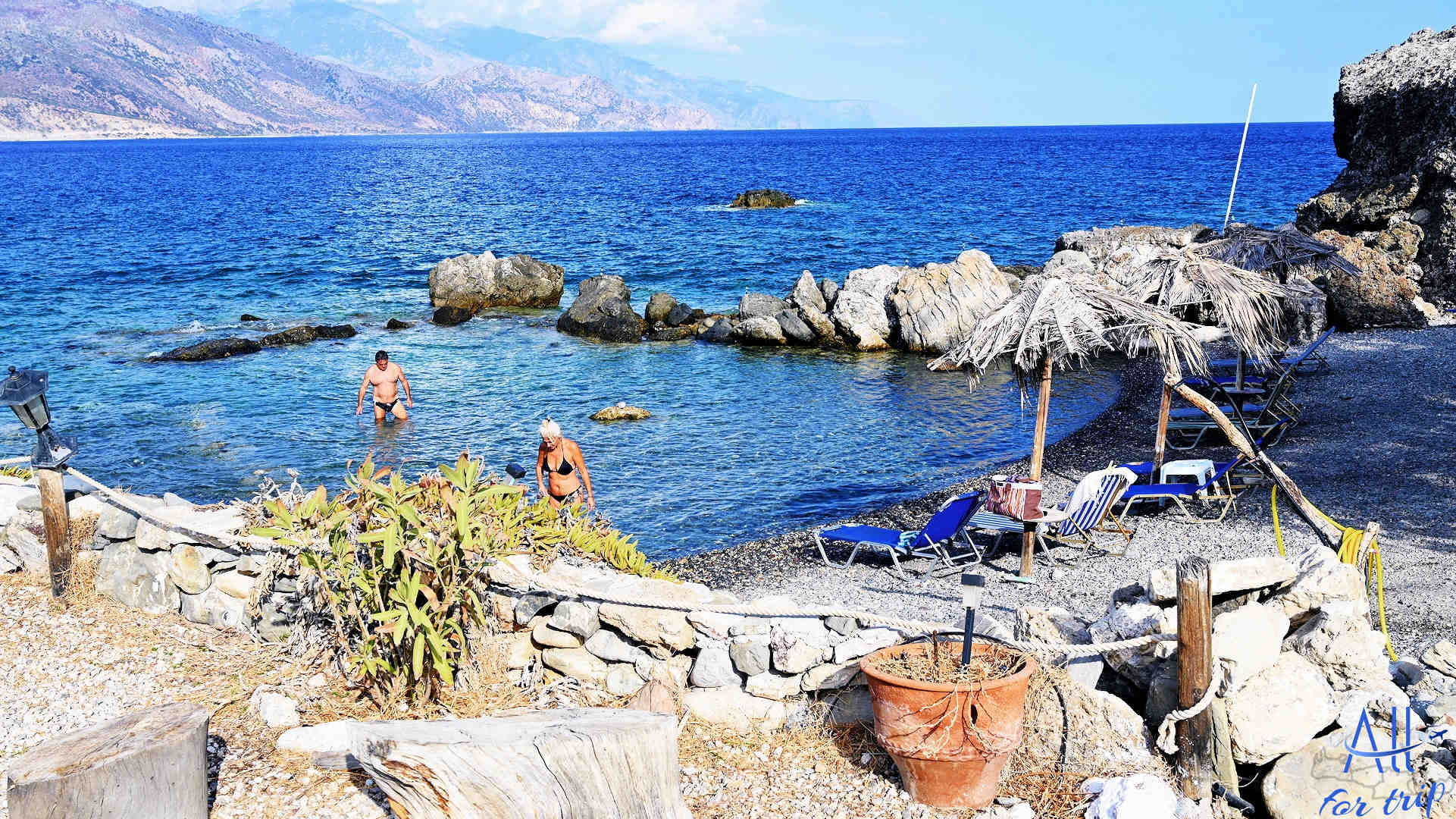
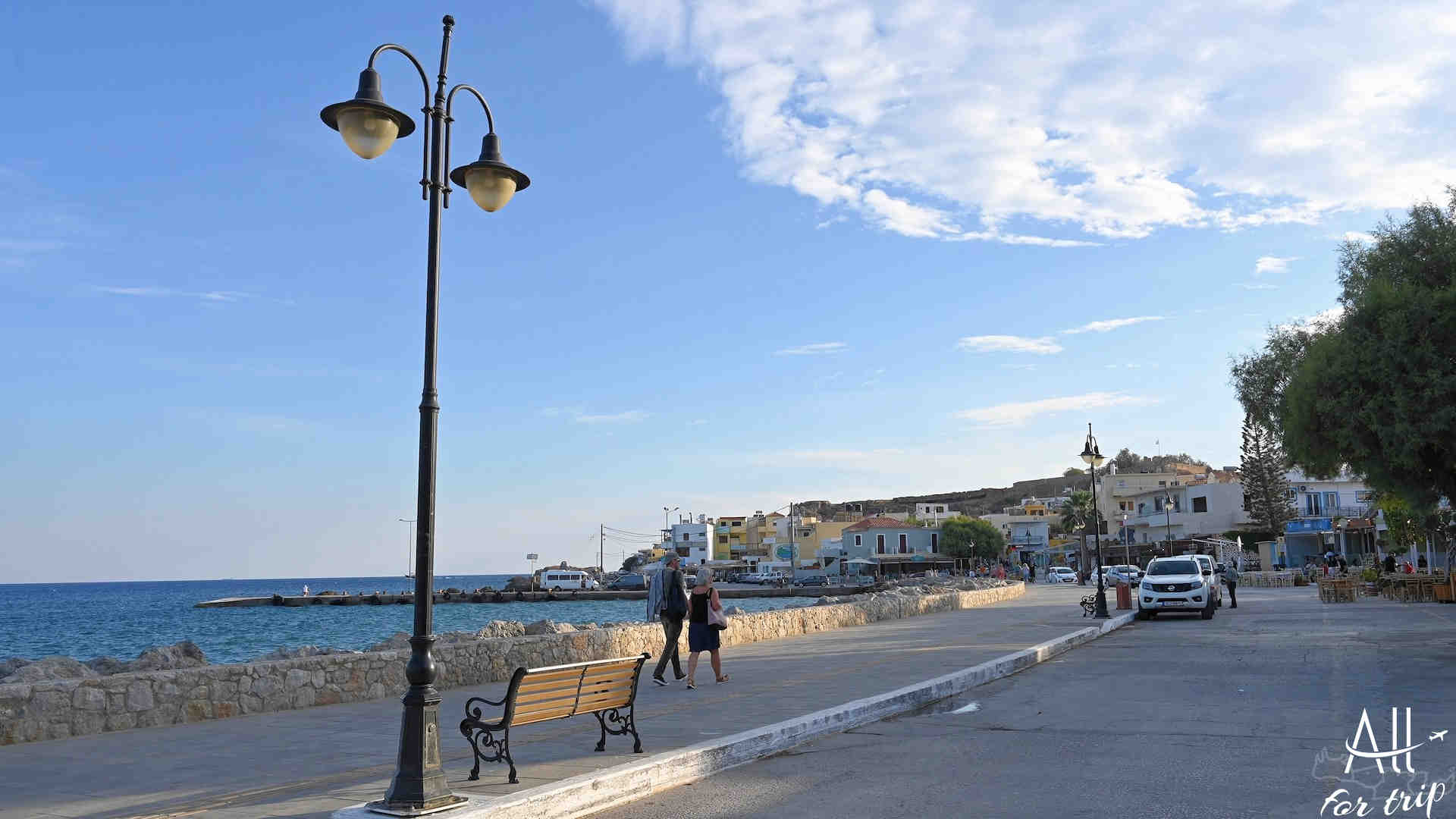
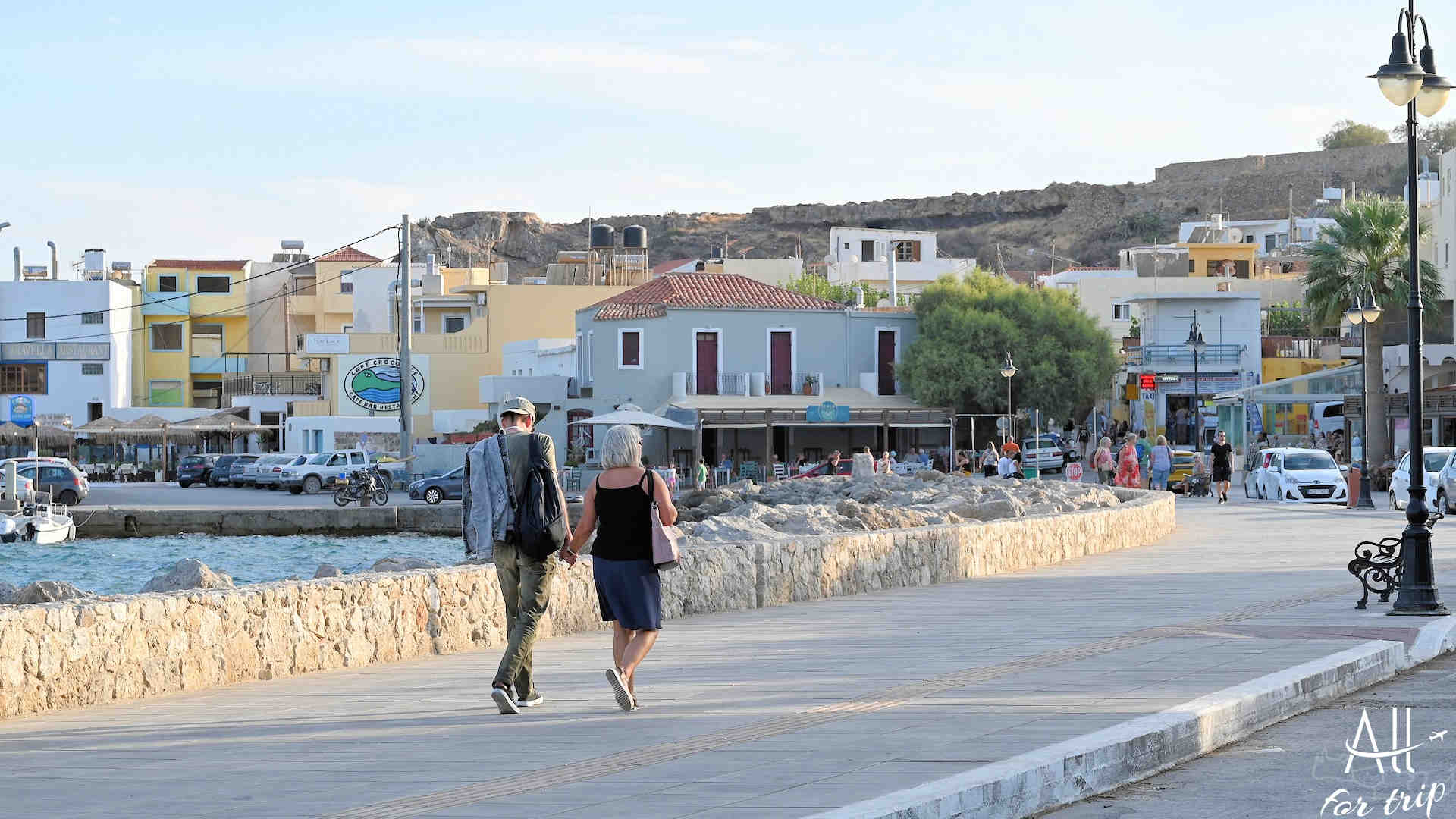
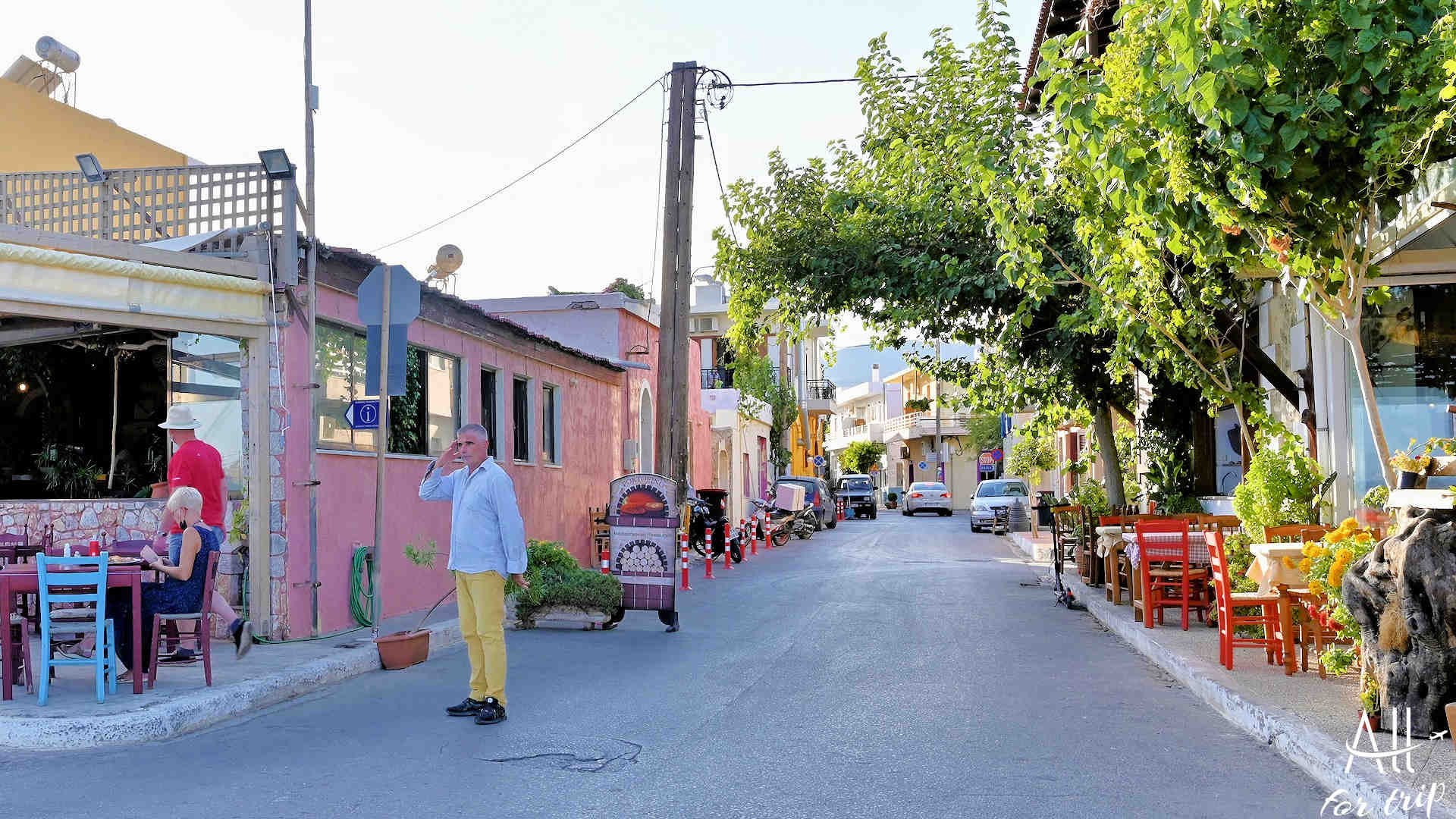
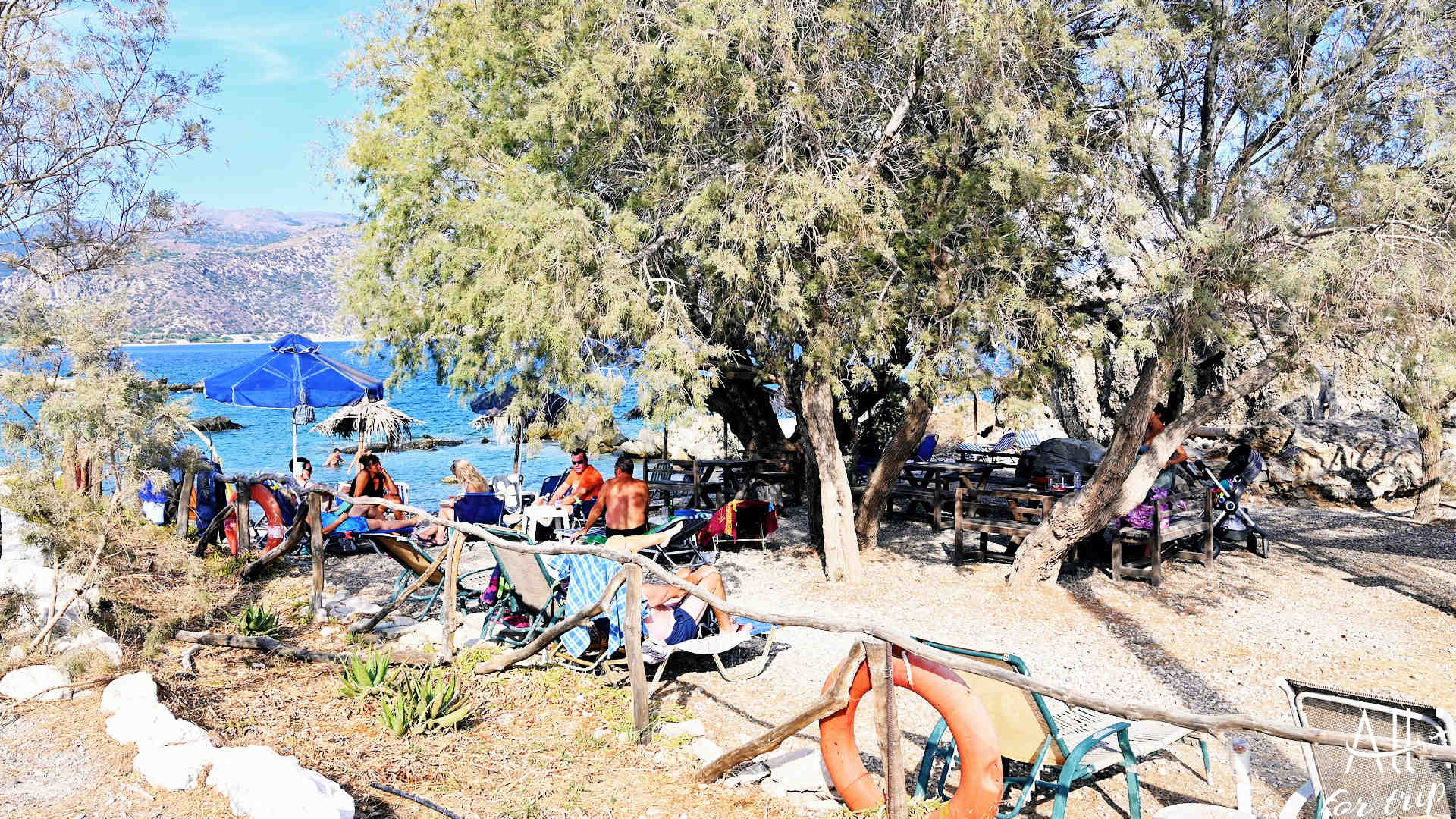
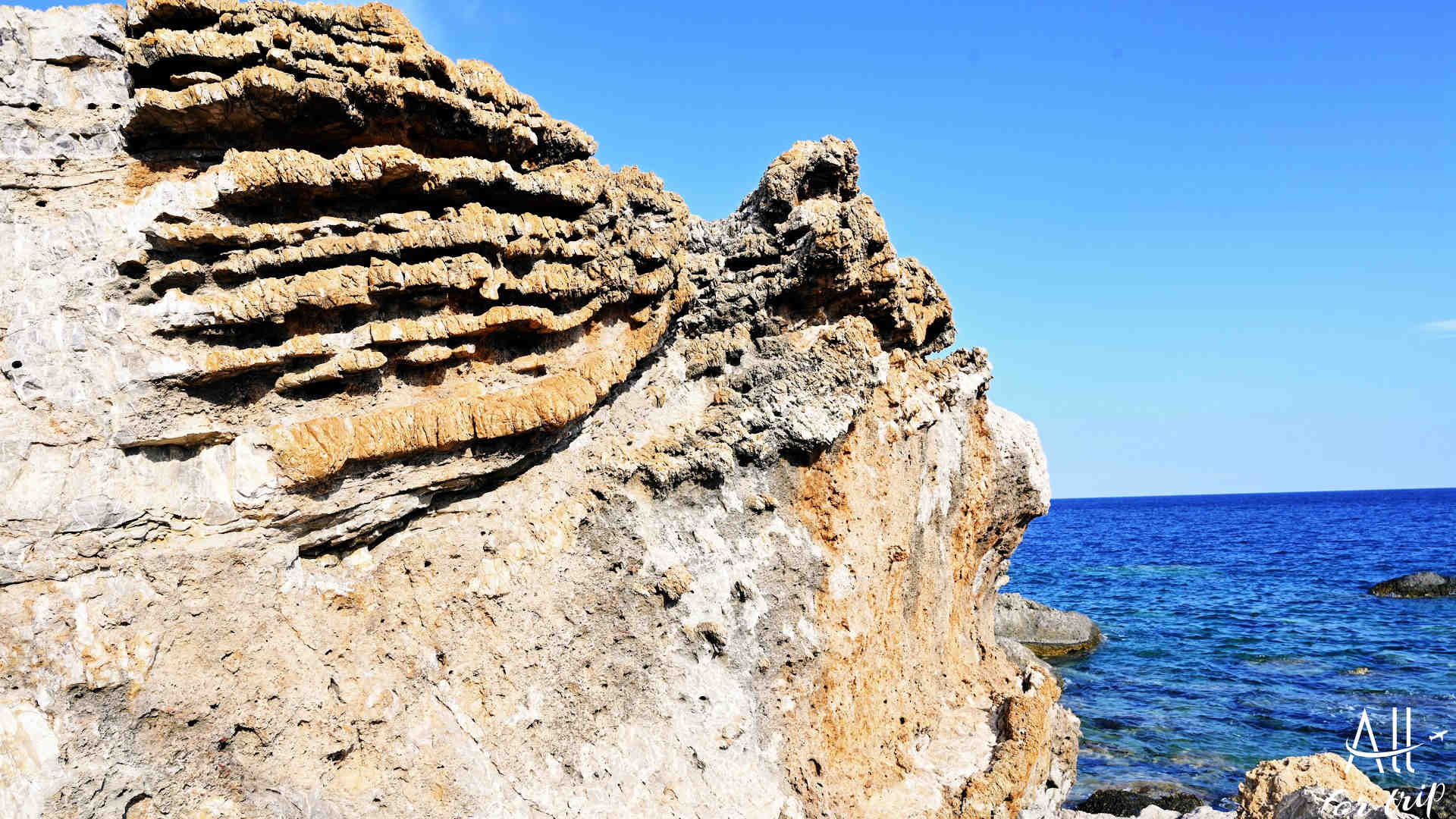
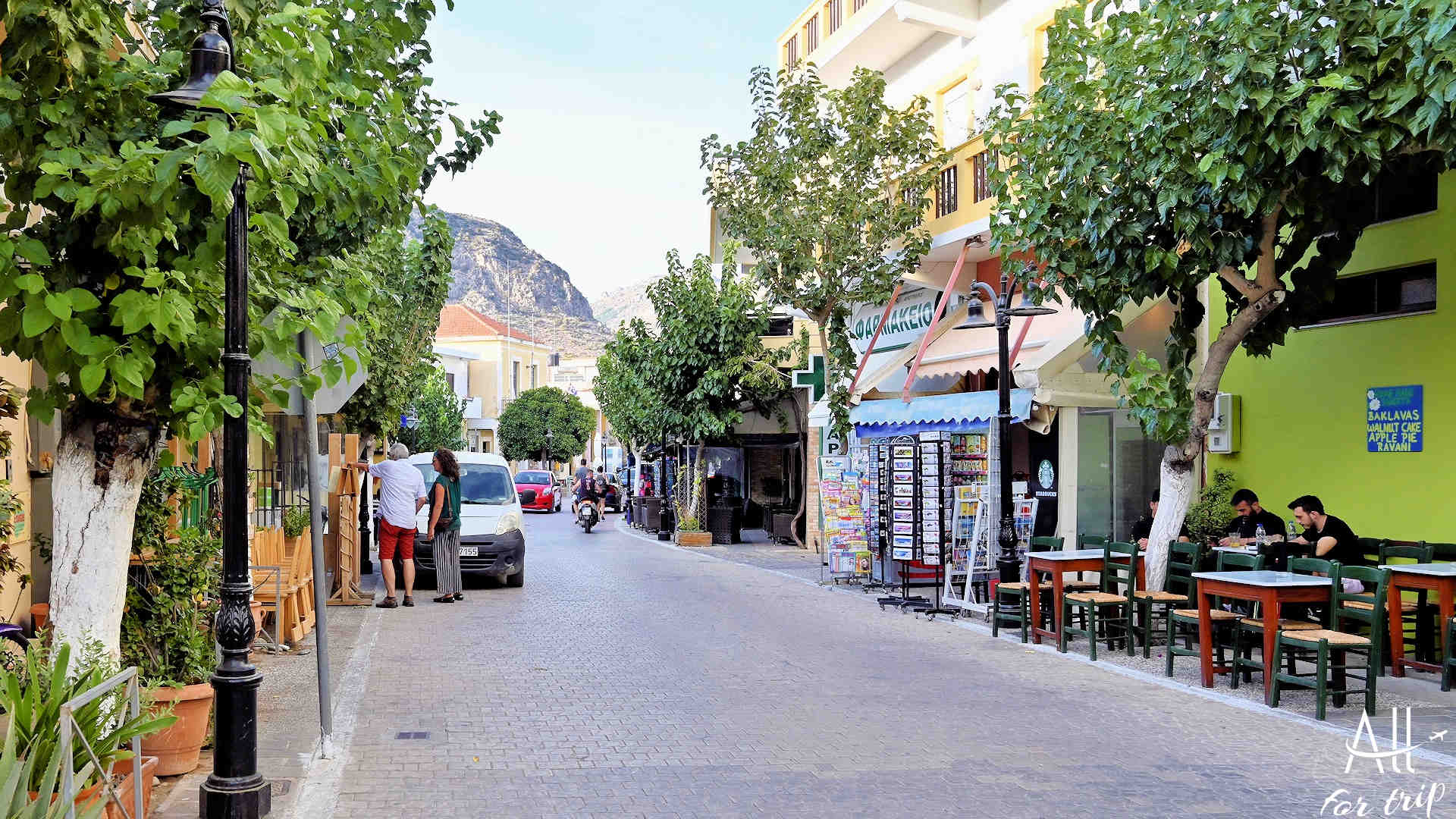
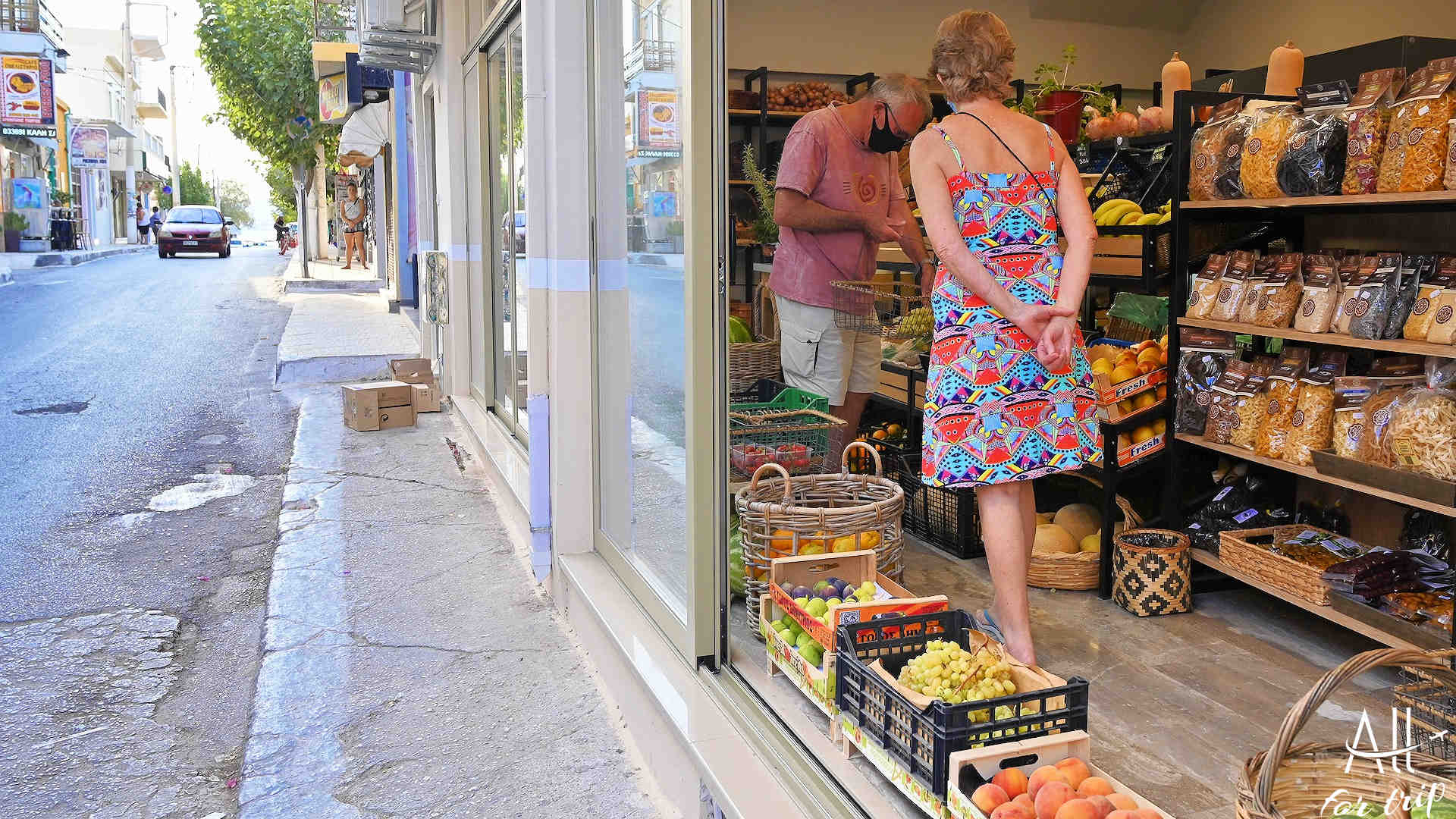
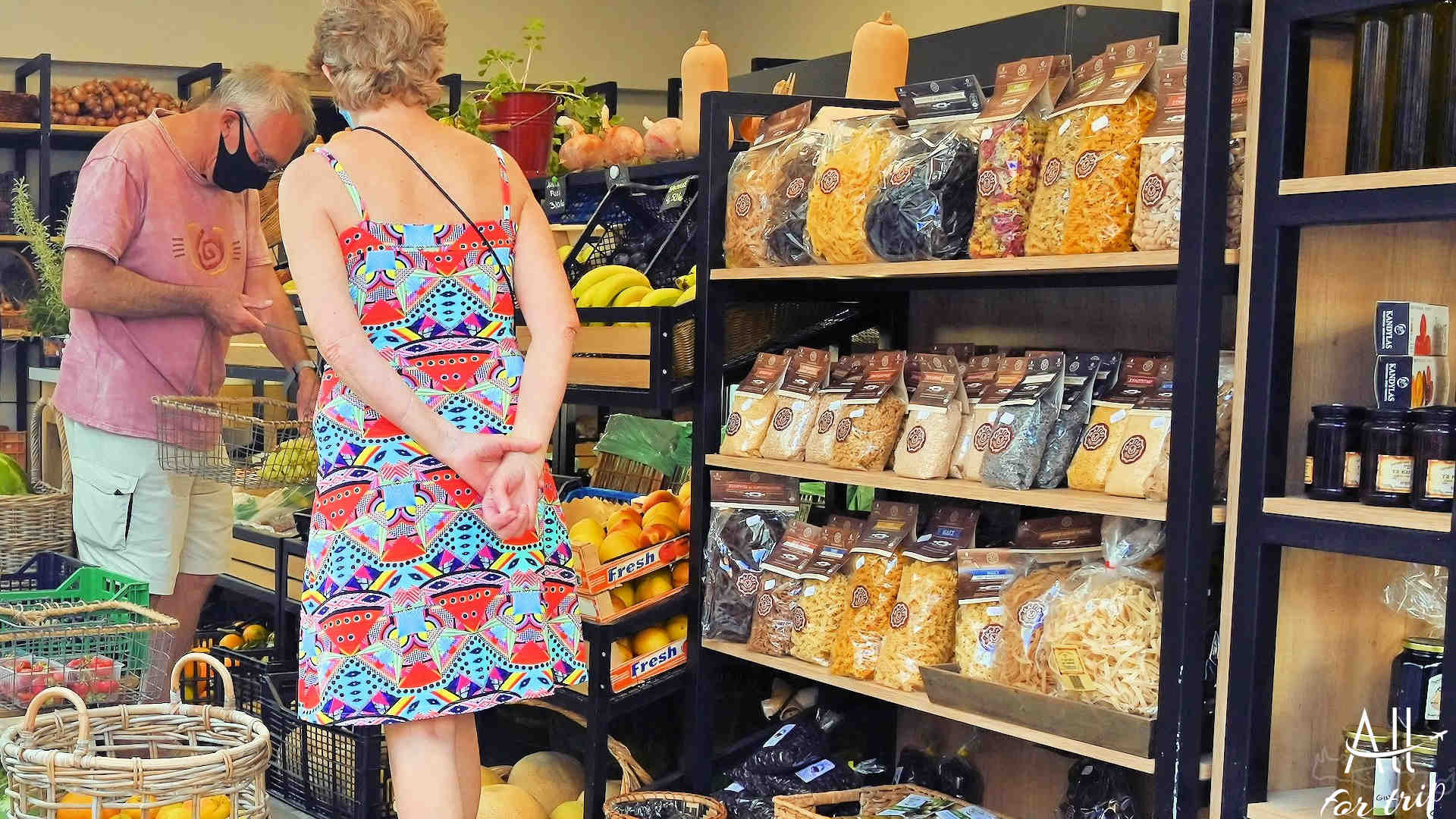
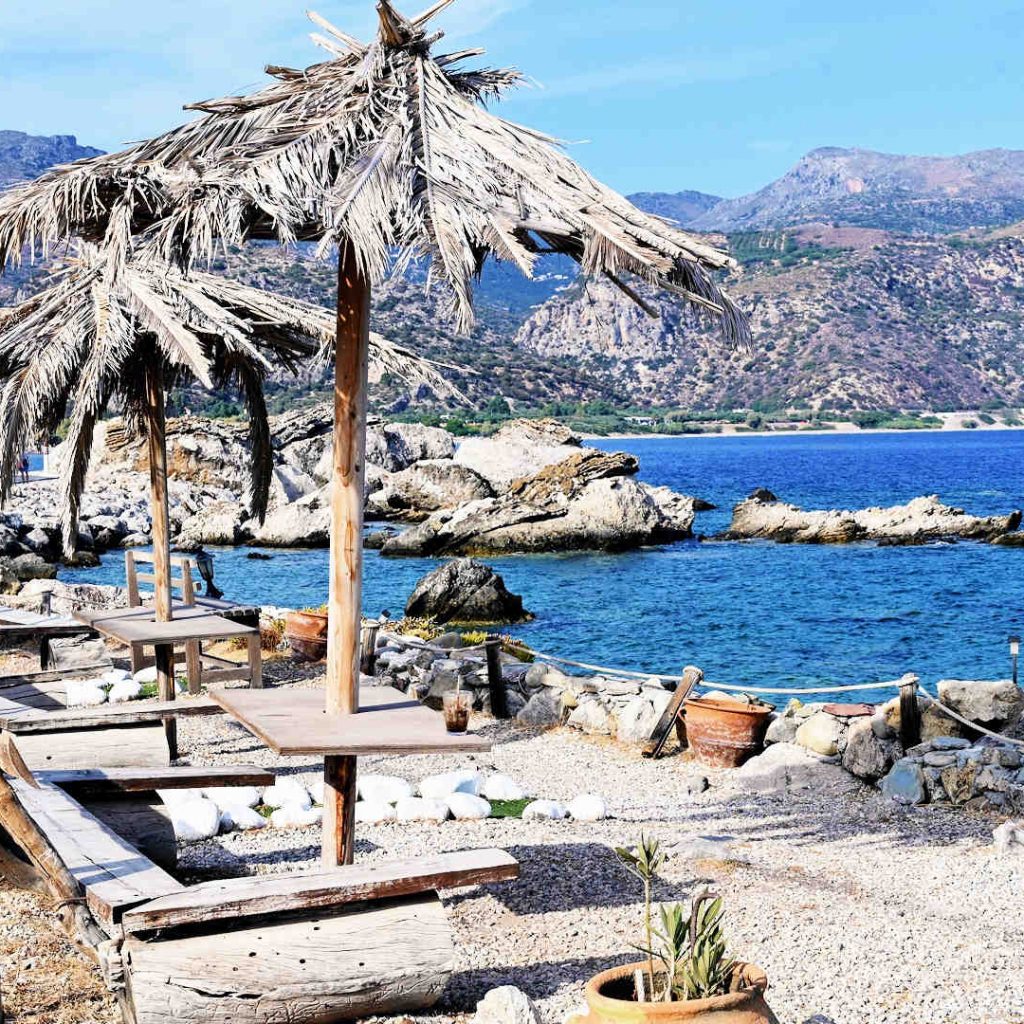
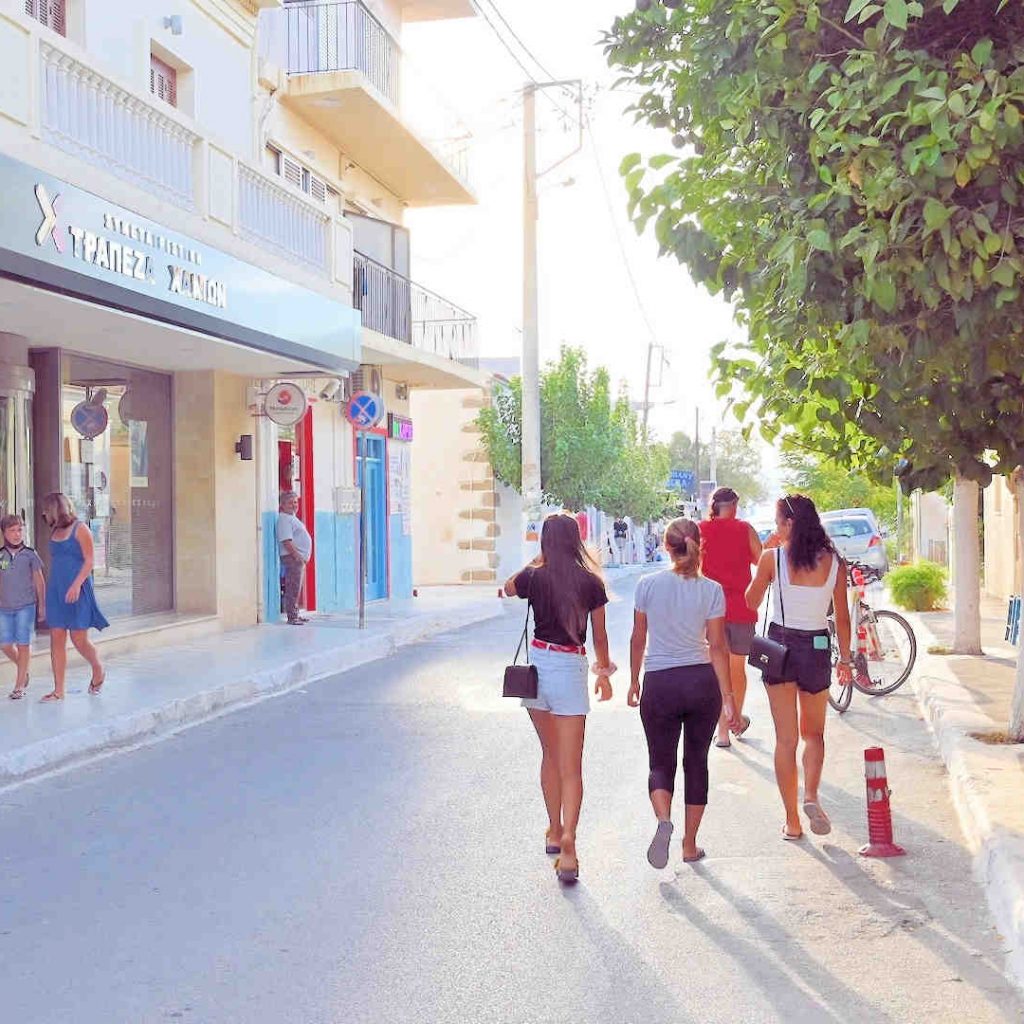
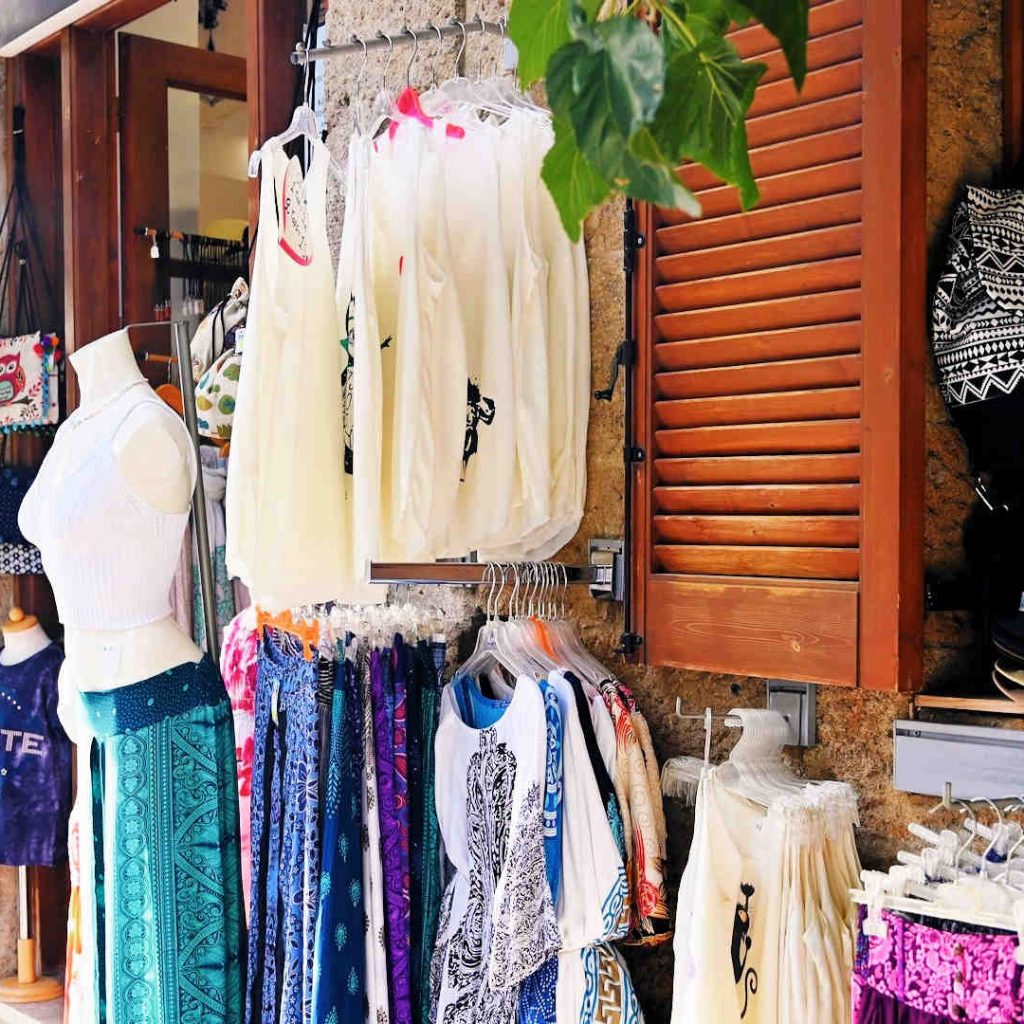
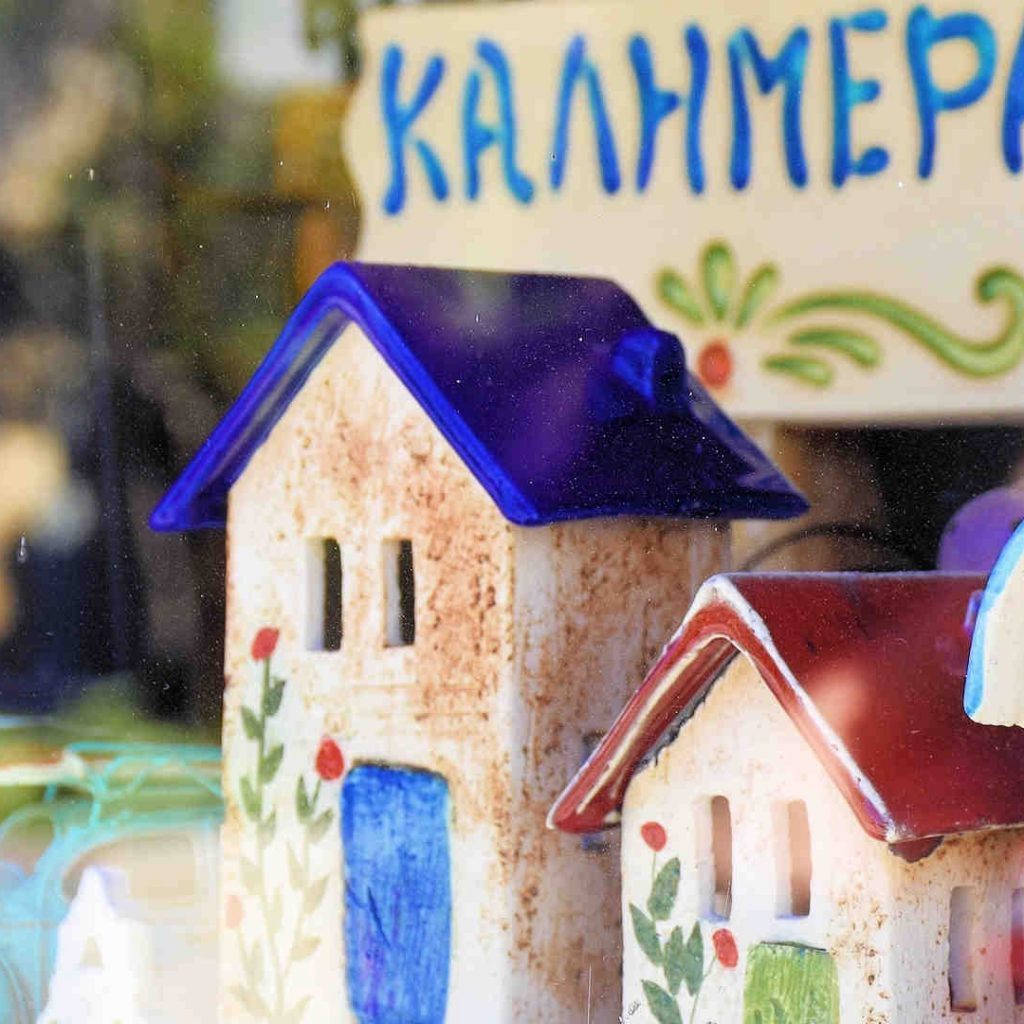
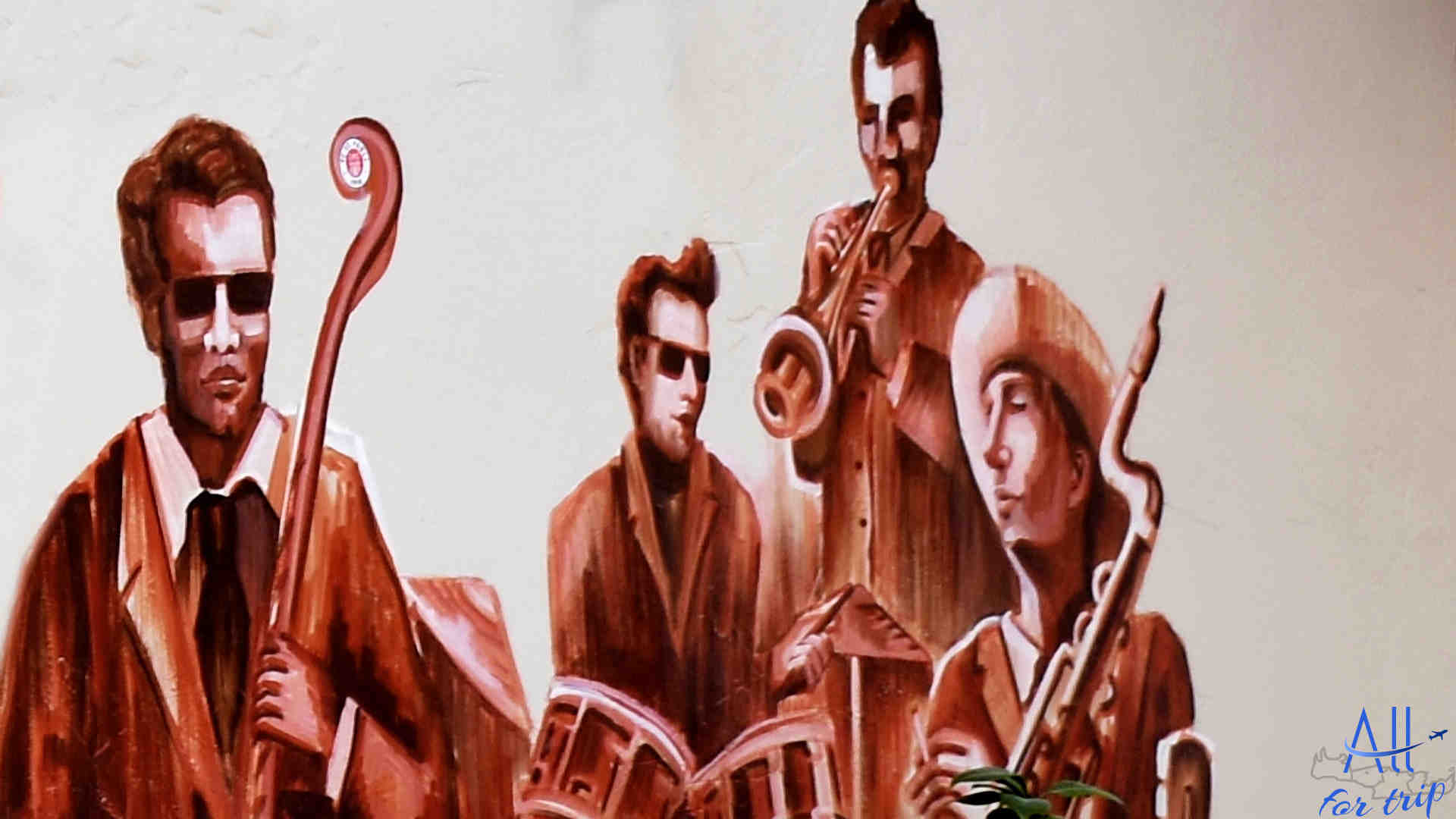
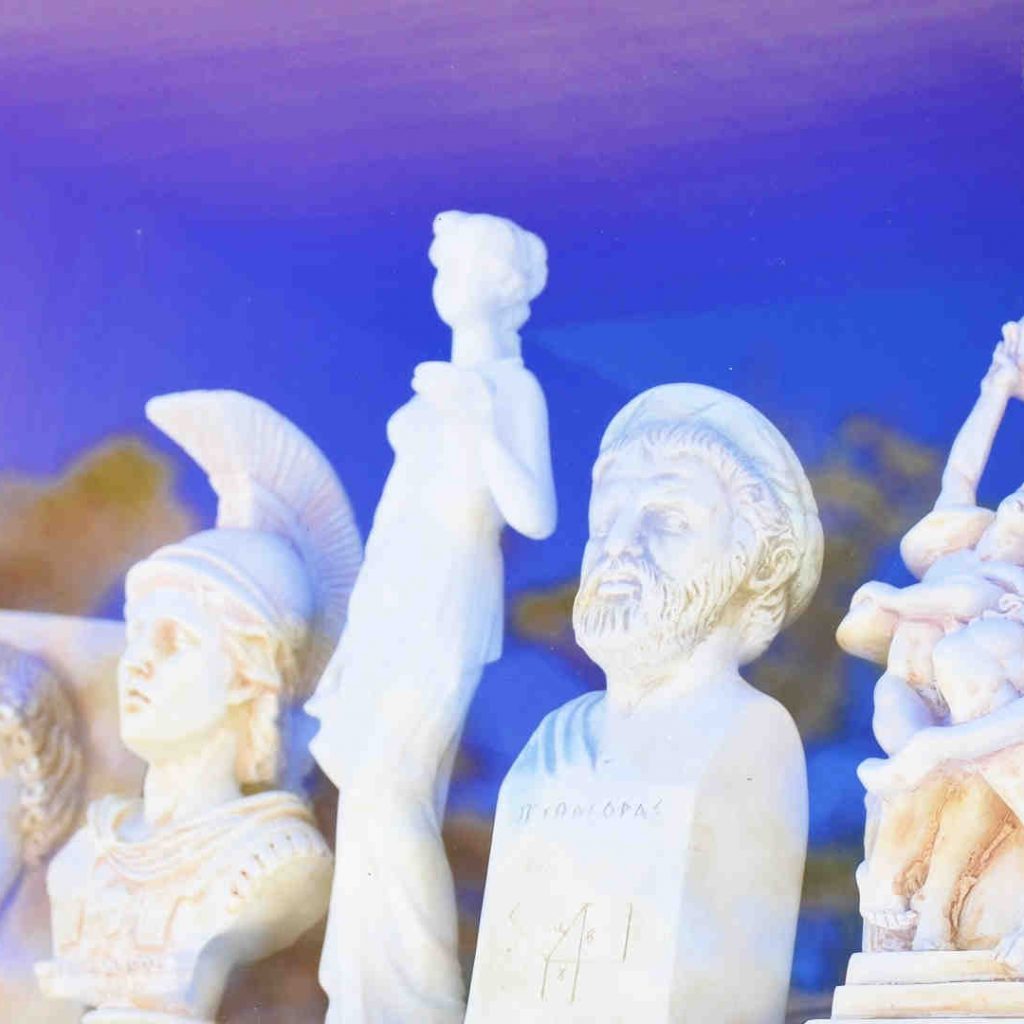

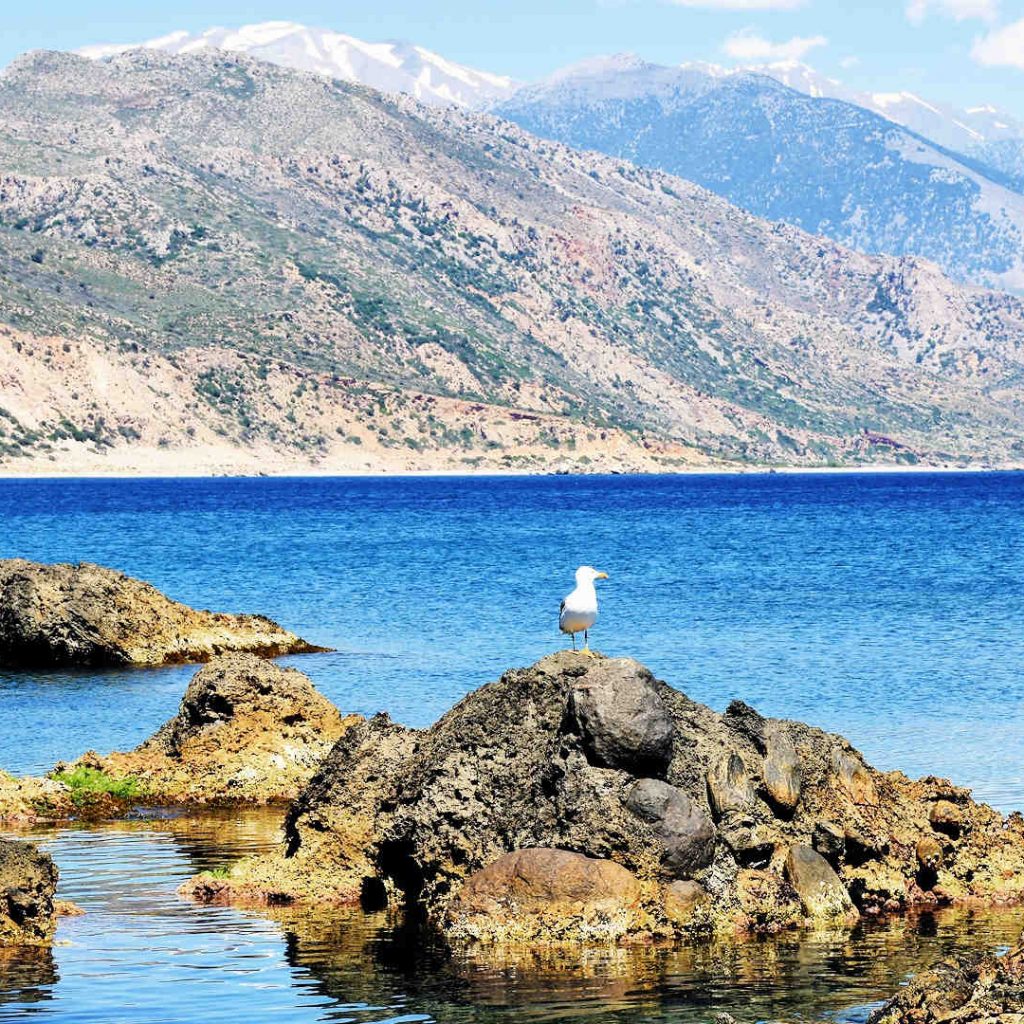
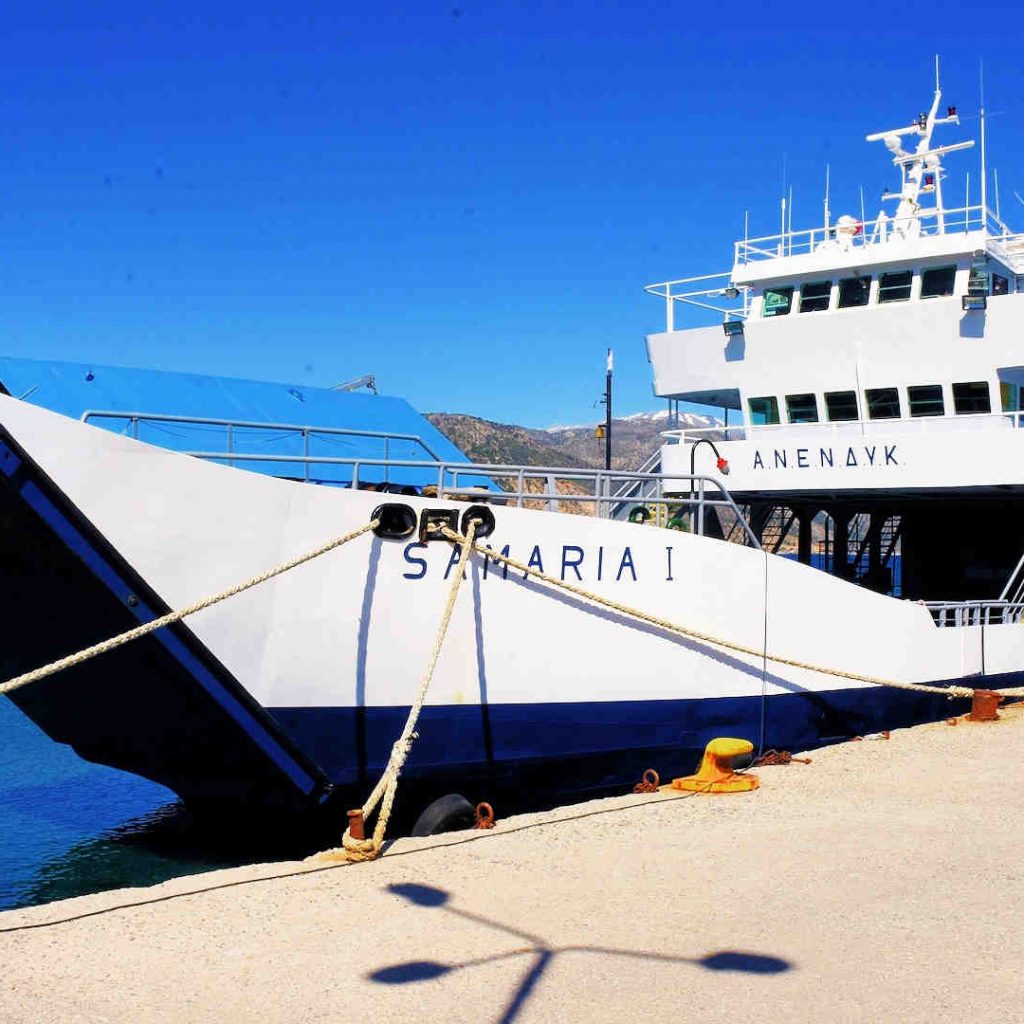
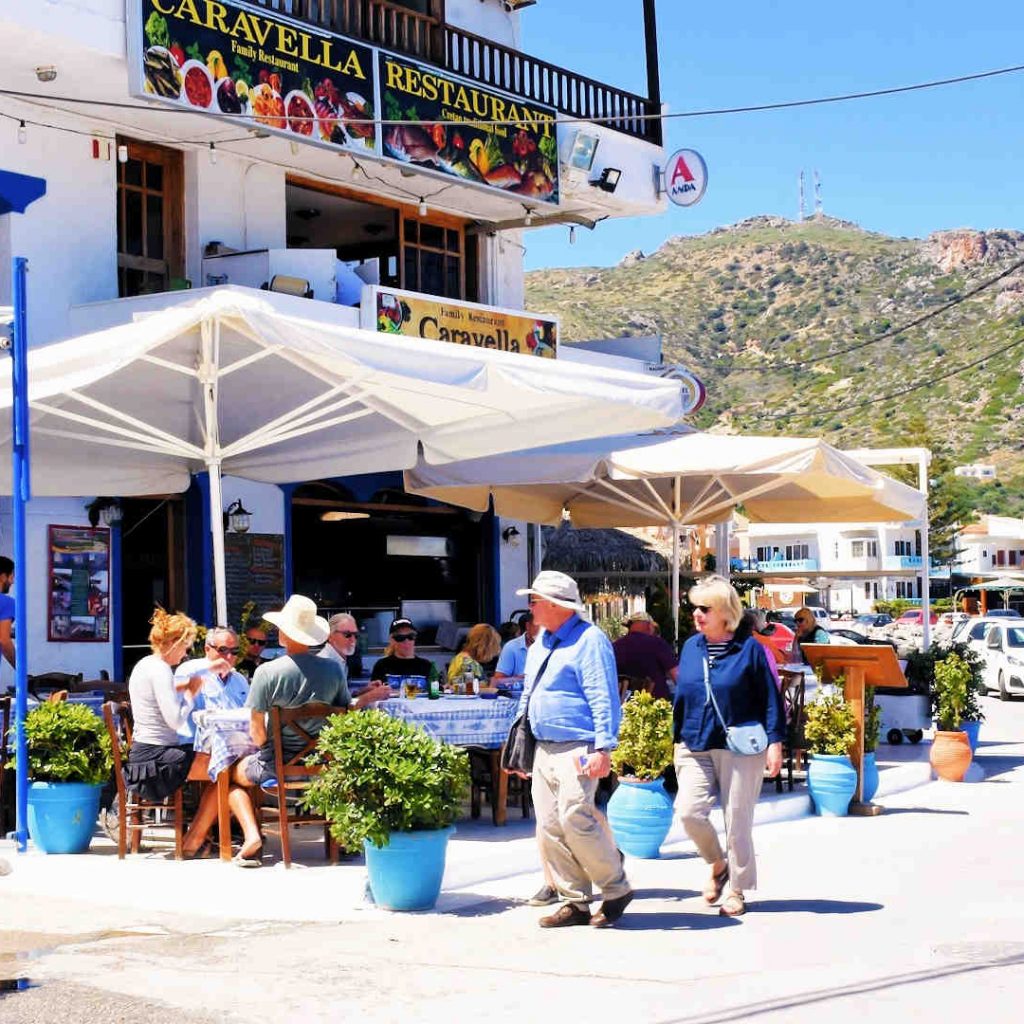
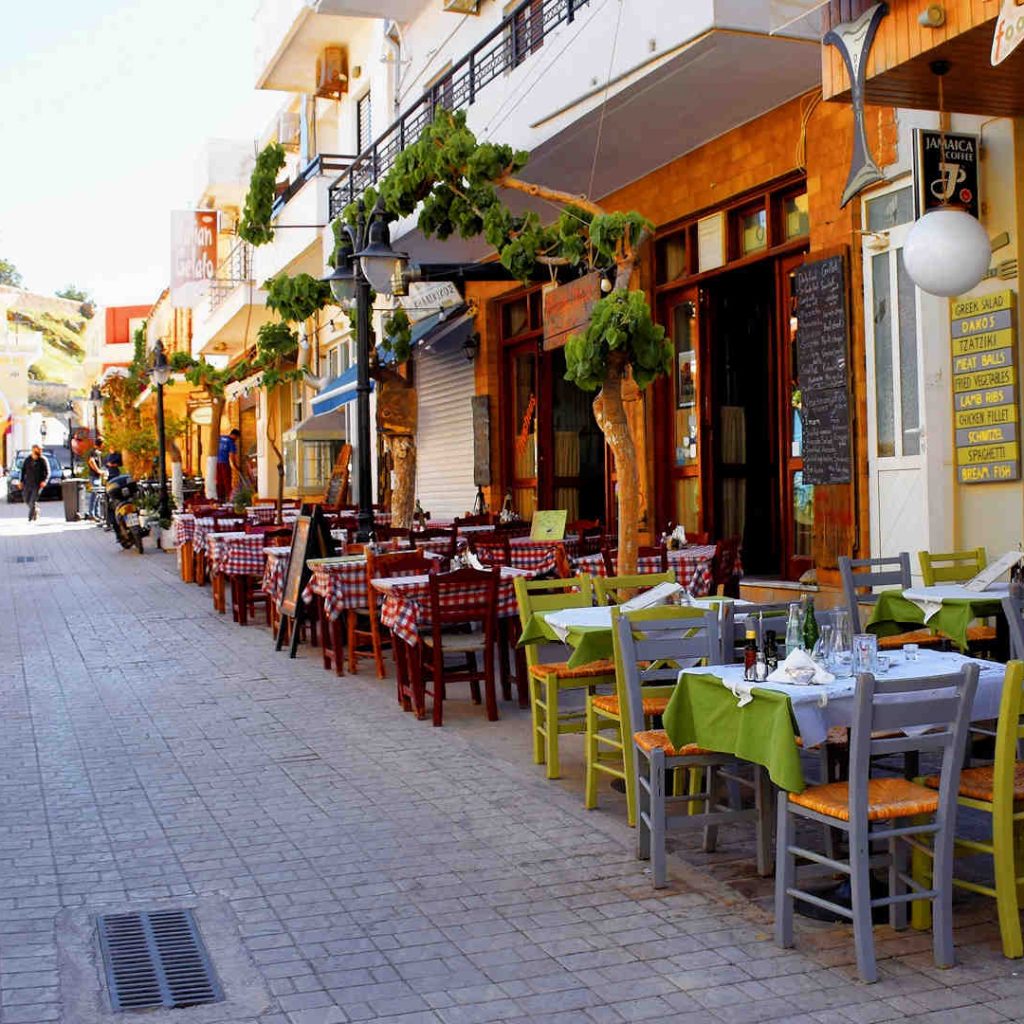
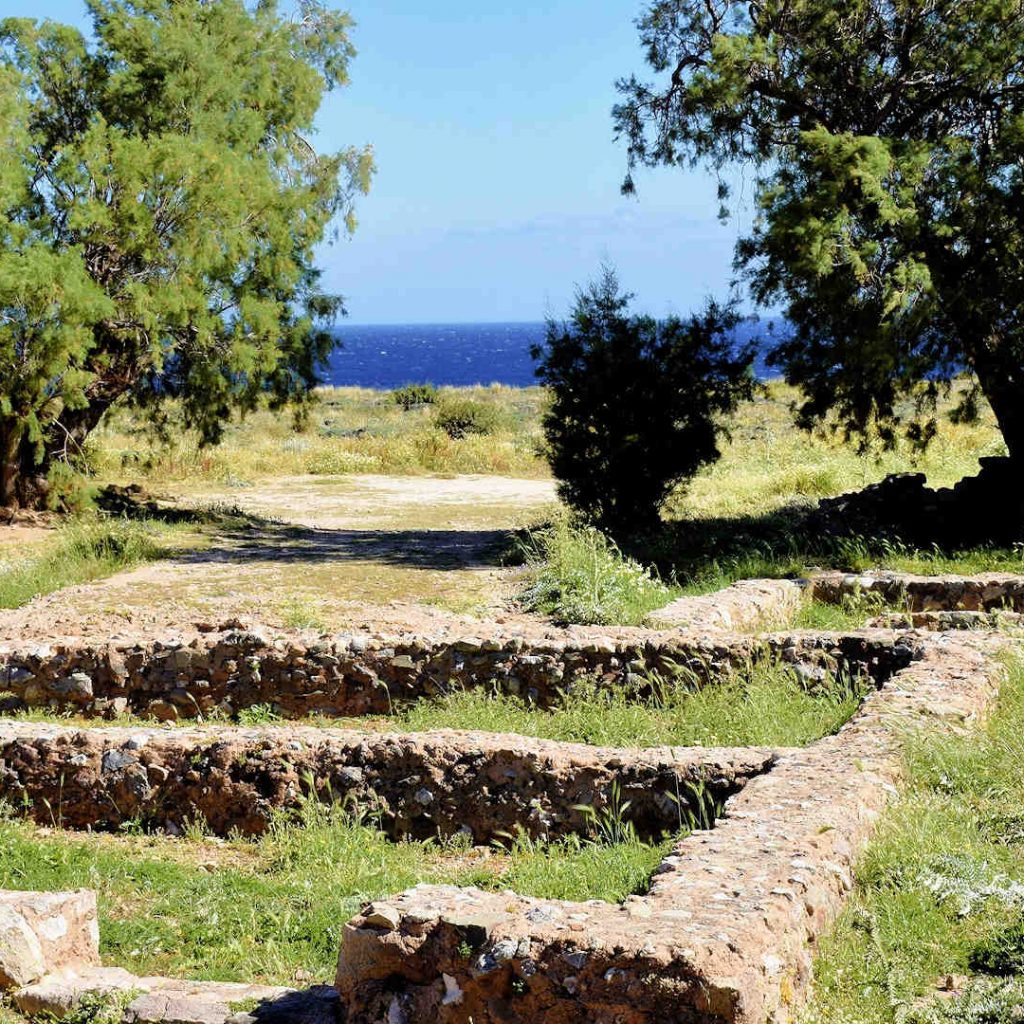
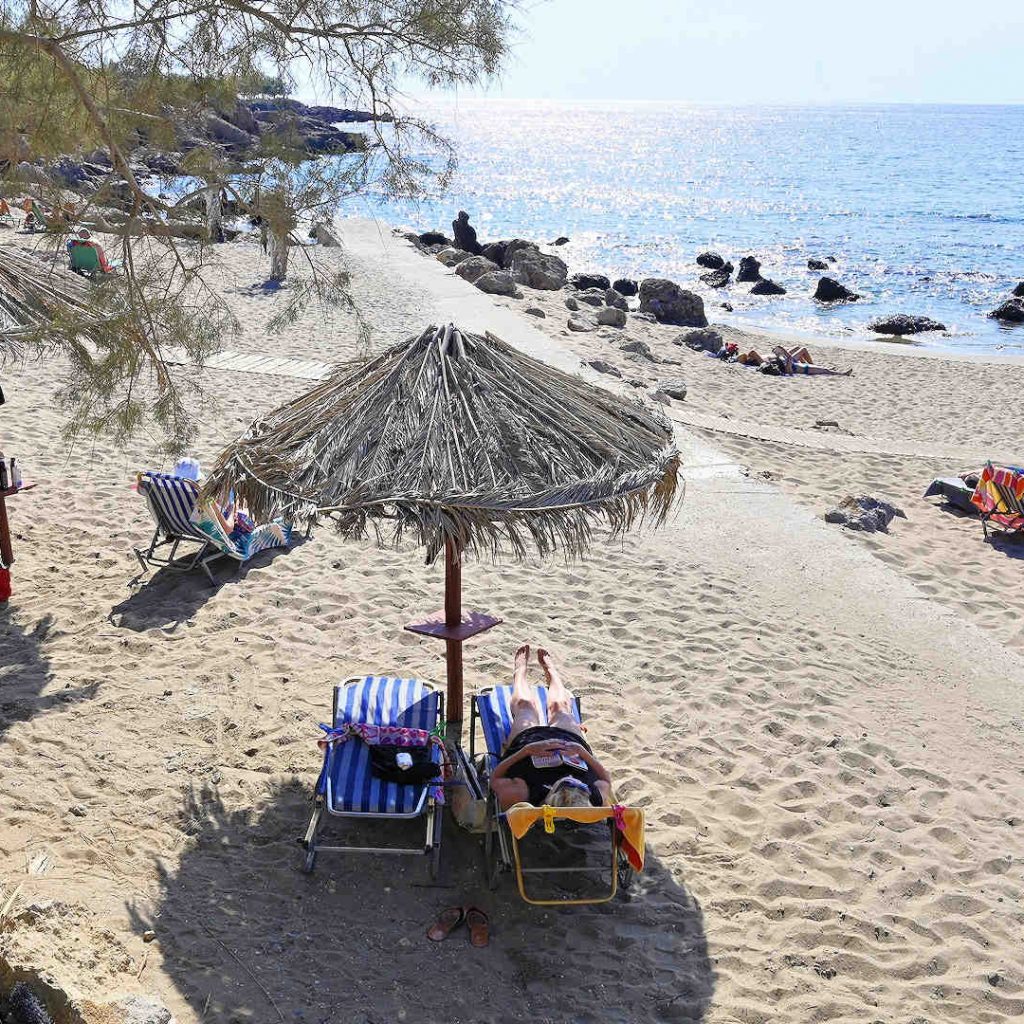
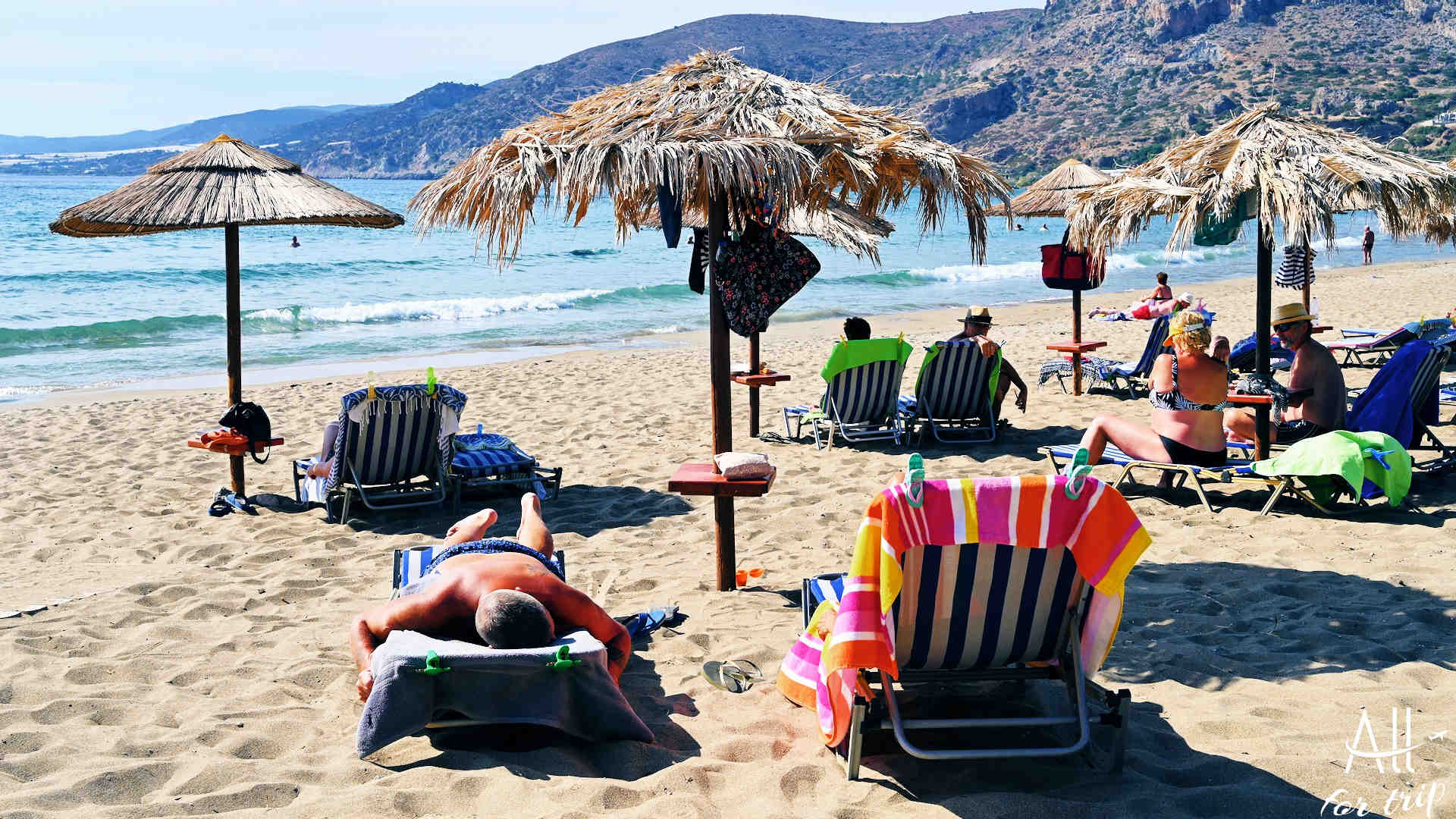
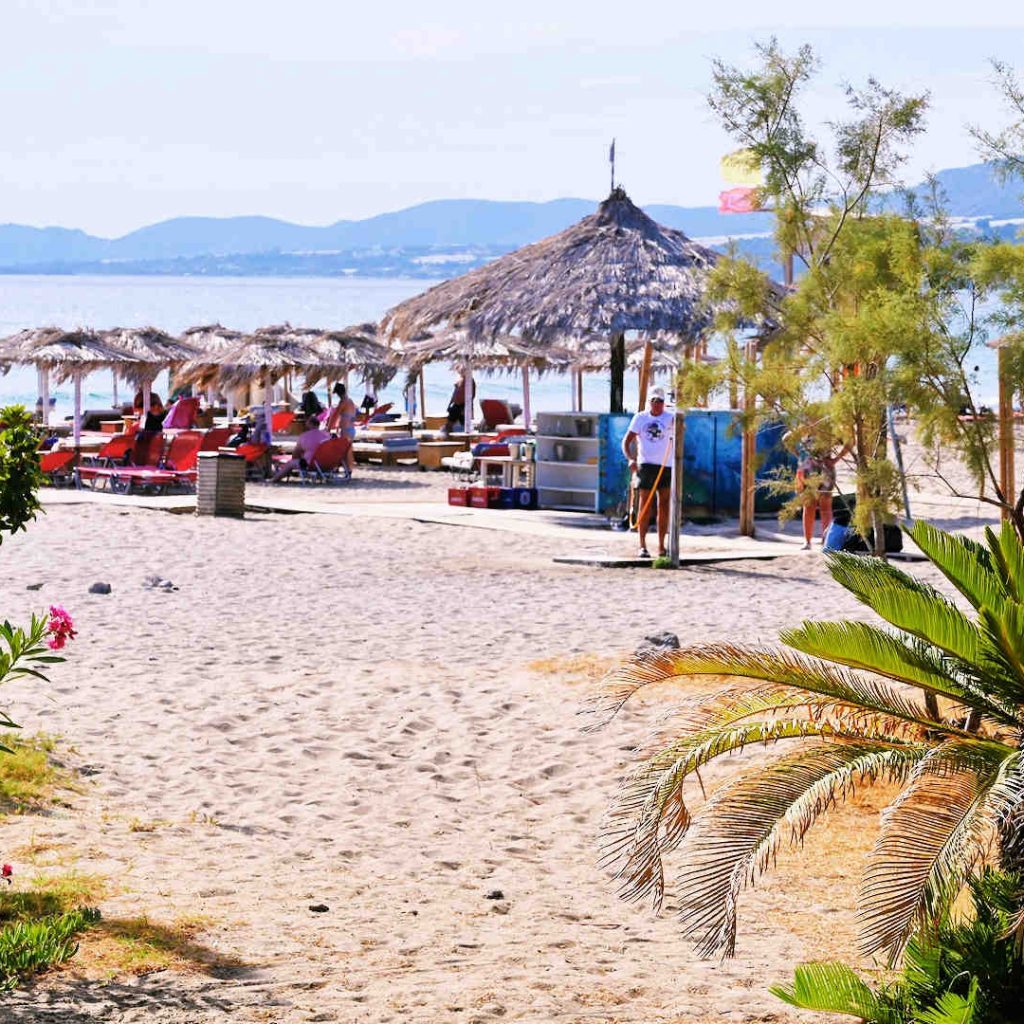
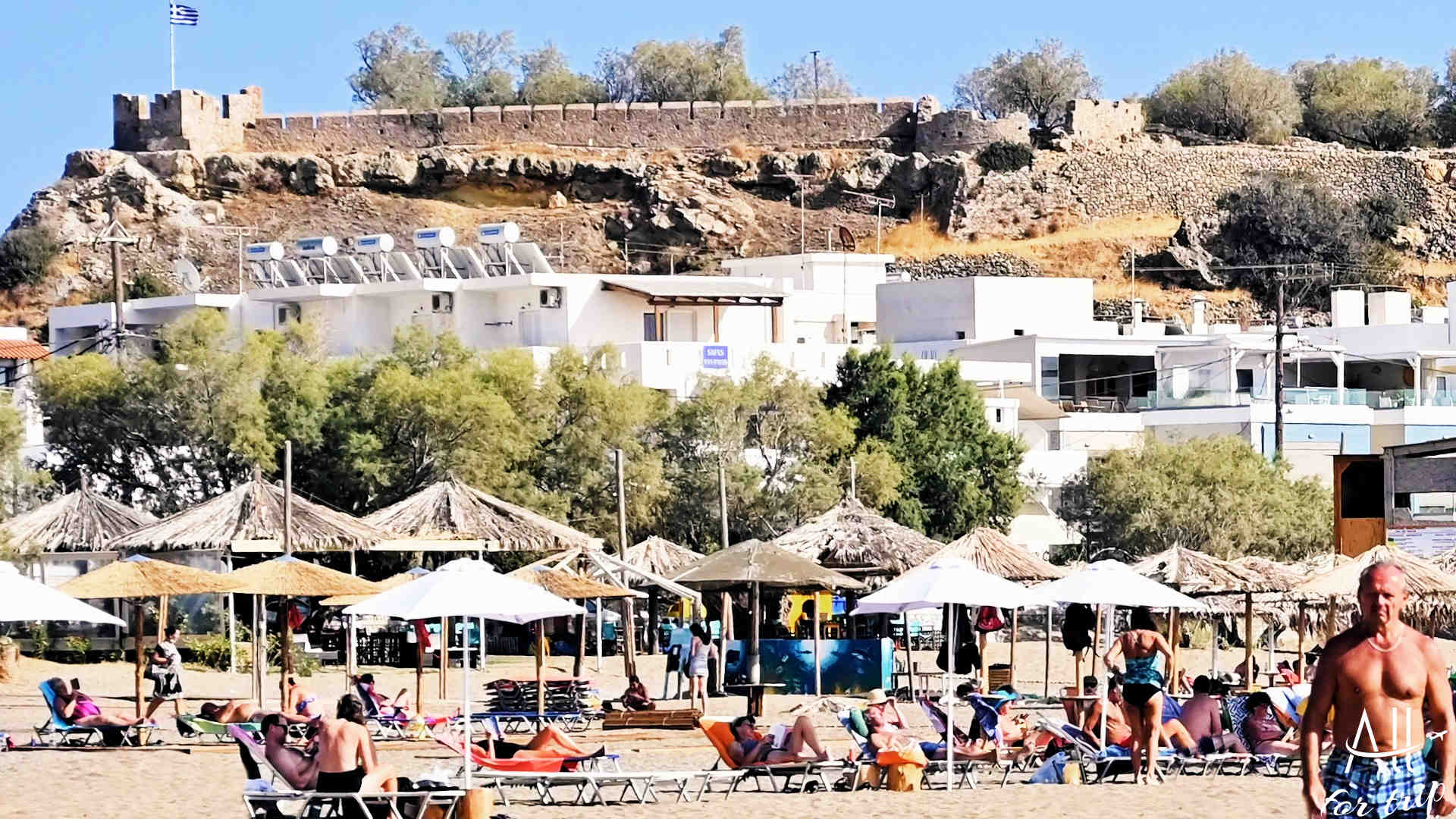
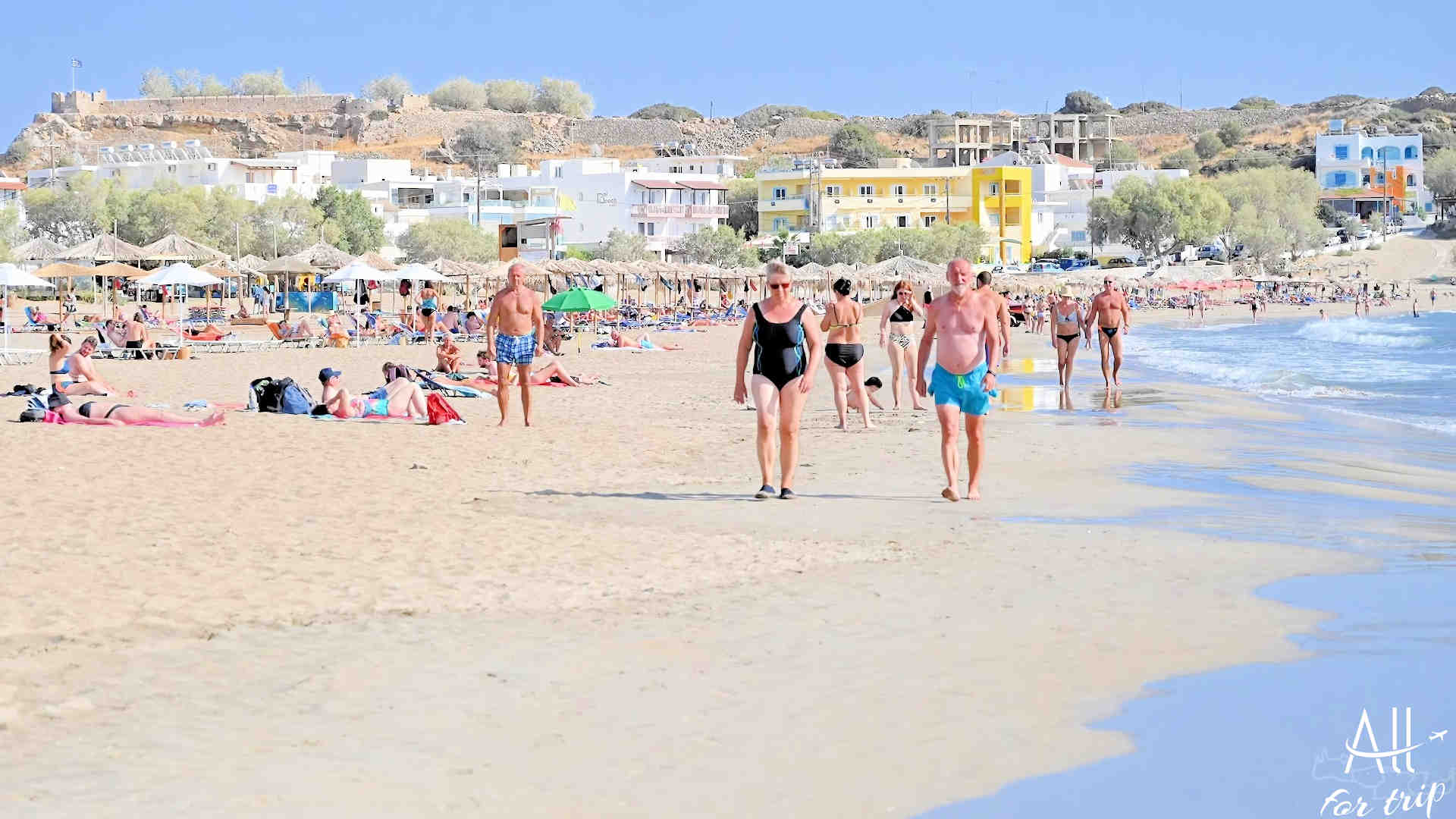
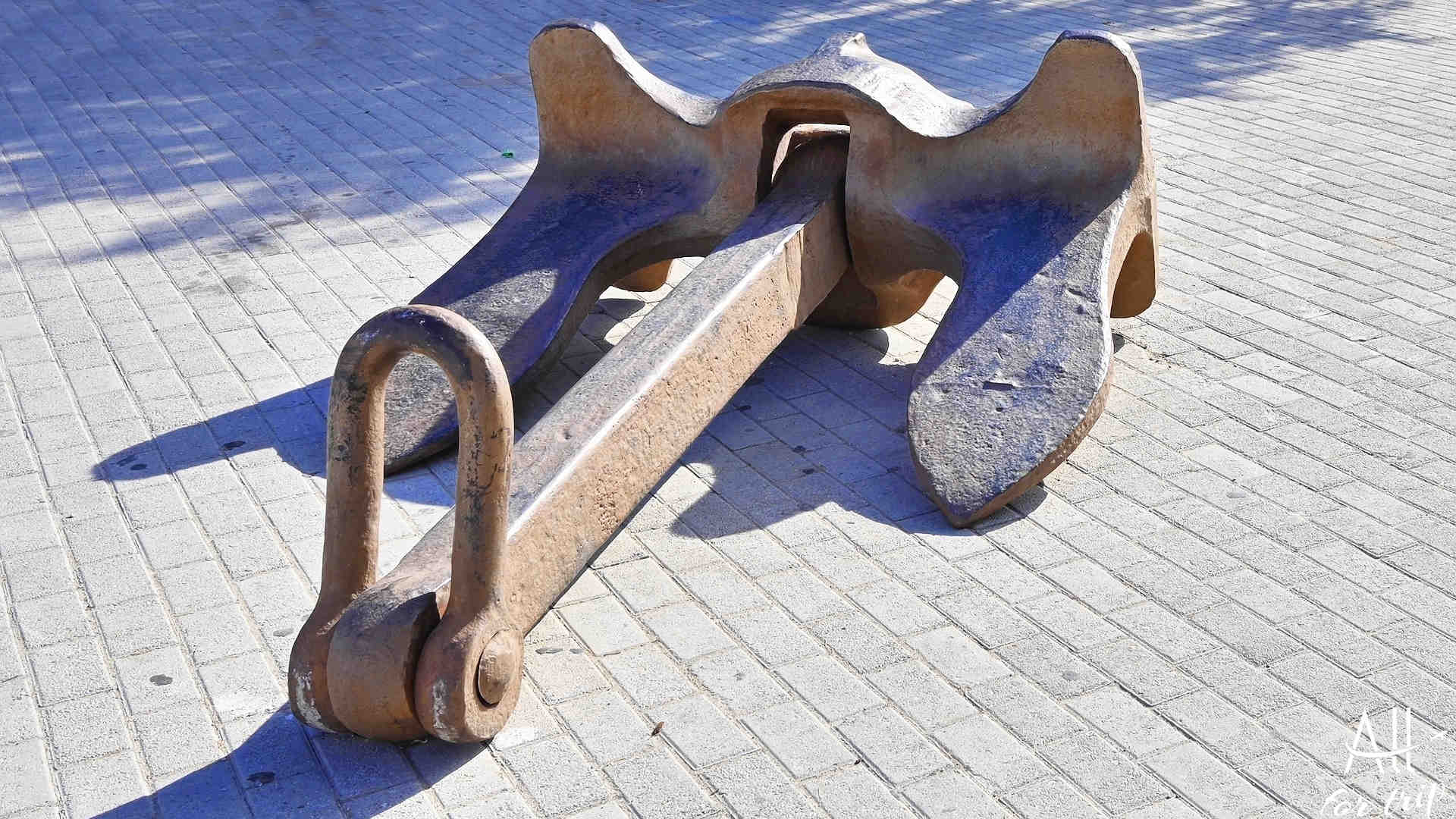

Comment (0)